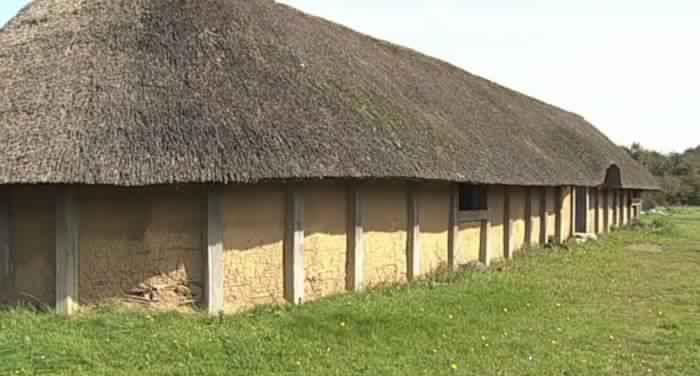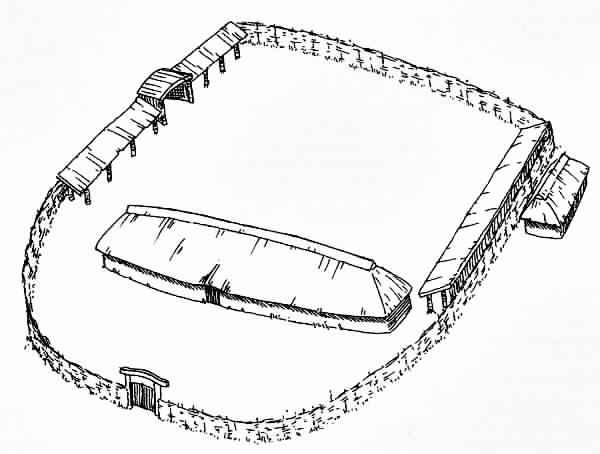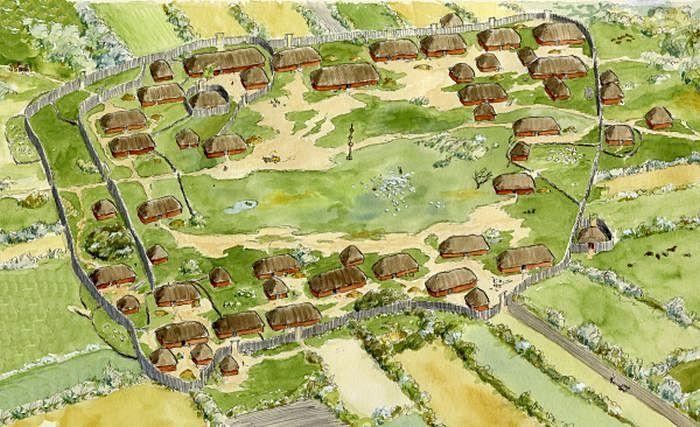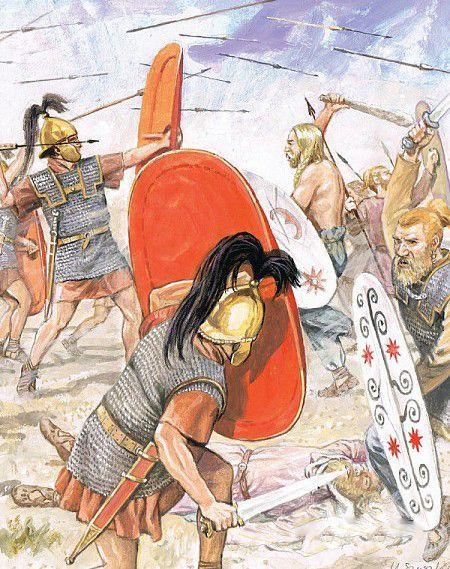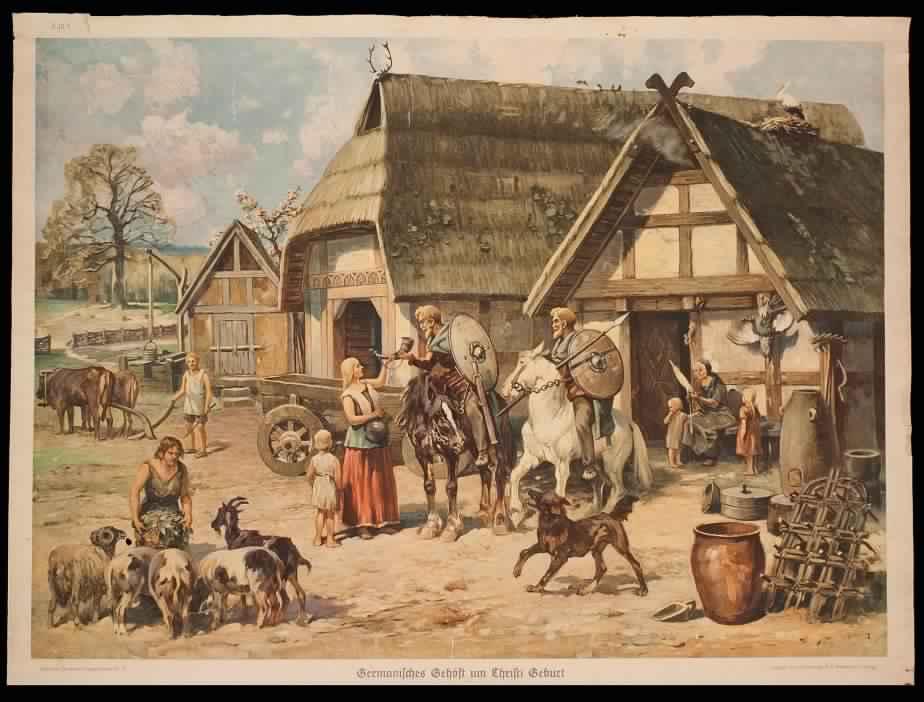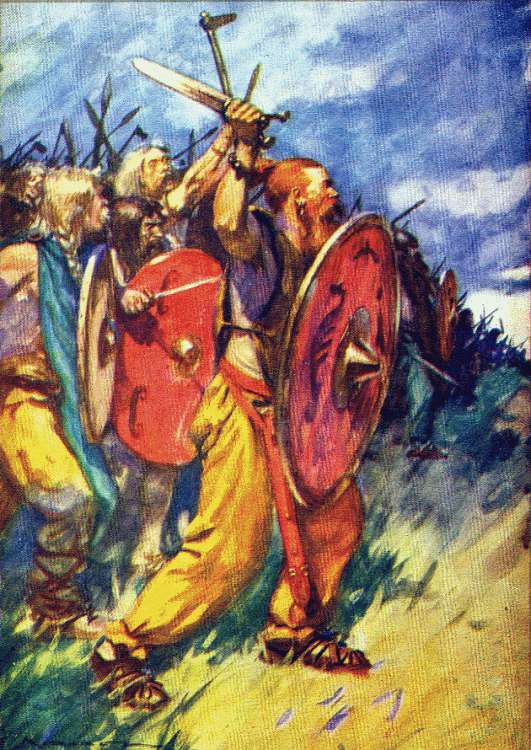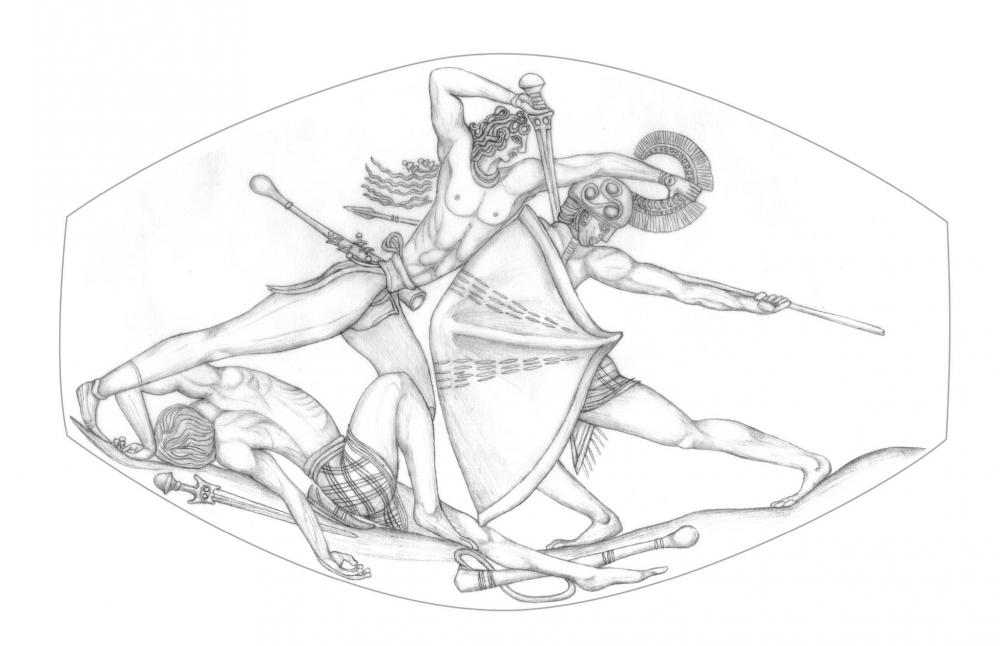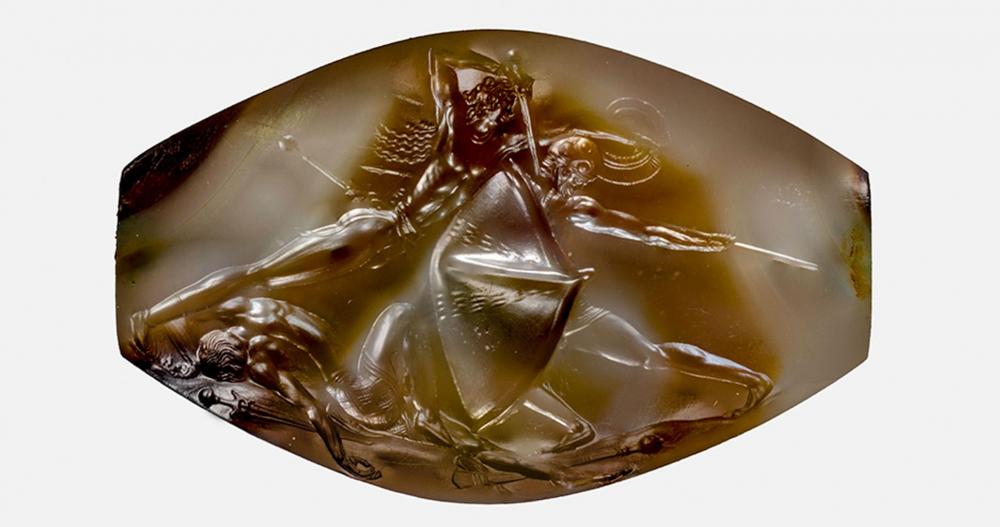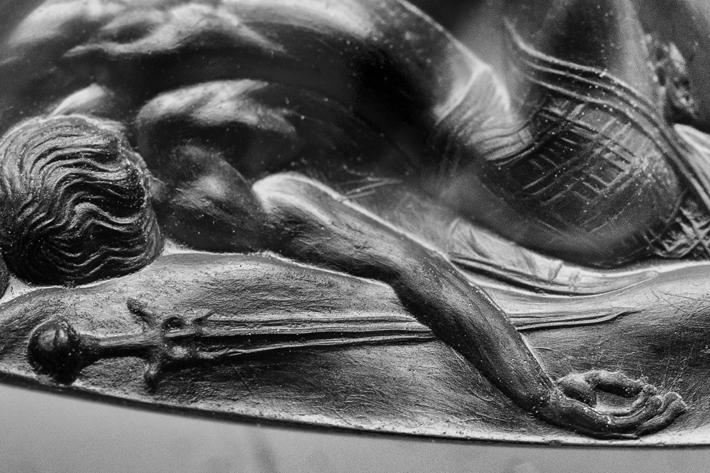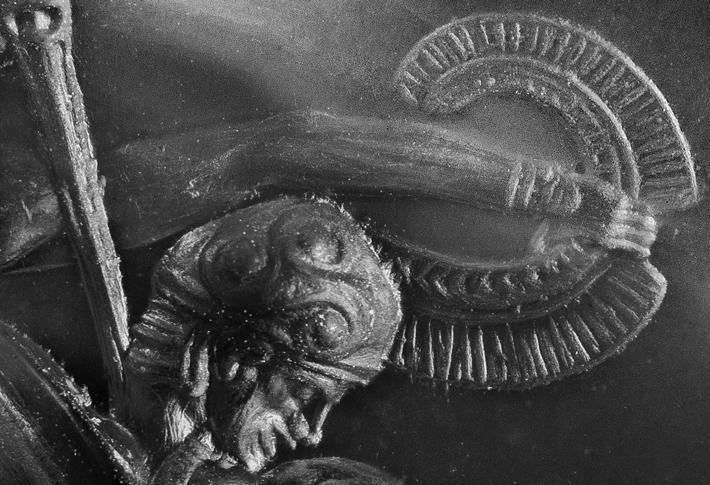-
Posts
2.332 -
Joined
-
Last visited
-
Days Won
60
Everything posted by Sundiata
-
I would love this...
- 1 reply
-
- 2
-

-

-
@Alexandermb Have you tried using an HDRI to bake in some fake but realistic reflections from the sky and such? I think Enrique suggested something similar recently. It would add to the realism of the helmets, which currently look a little as if they were lit under a spot, reflecting whites but no blues from the sky. (I know lighting is probably one of the most difficult things and an HDRI might be a bit hard on your system). Here's a beautiful example of how outside lighting reflects the sky in the polished metal As LordGood said, I think adding dirt and scratches afterwards with the spec map offers the cleanest approach, perhaps even using normals for heavier denting? Of course I'm not an expert in the matter. I just see you're still experimenting a lot so I thought I'd my 2 cents.
-
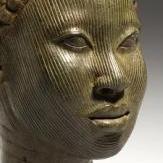
The Kingdom of Kush: A proper introduction [Illustrated]
Sundiata replied to Sundiata's topic in Official tasks
@Nescio, I just noticed something, and I wanted to share it with you. It's not directly relevant to your question about straight swords, but it's still interesting. I get the feeling sometimes that you're not the biggest fan of comparative history, which is understandable. A healthy dose of skepticism is good, and drawing conclusions from comparisons between disparate societies separated by space and time is definitely questionable. What I'm trying to say is that this isn't the case when comparing the 2nd Kingdom of Kush (Napatan and Meroitic Period) with New Kingdom Egypt. In fact the parallels are sometimes direct. I try to draw as much as I can from primary period Kushite sources (written, archaeological and pictorial). Then more secondary sources, like written accounts and depictions by foreigners (Egyptian, Roman, Greek, Assyrian, Persian and Aksumite). But these don't always suffice to create a complete picture of Kushite society. This is where I start comparing, and looking for potential parallels in New Kingdom, Late Period and Ptolemaic Period Egypt to the north, Nuba and other South/South-West Sudanese populations, and Beja/Blemmye in the East. Sometimes there is simply nothing to compare. But sometimes you end up staring at exactly the same thing, and the argument for incredible levels of cultural continuity in Sudan become all the stronger, and all the clearer. In my last post I referenced a New Kingdom image of Ramesses II, smiting his enemies, while Amun stands next to him offering him a sickle type blade. The image is from Abu Simbel, c. 1264 BC. I did this to quickly illustrate a type of blade I hadn't seen in Kushite art yet, but seemed to be the "knife of Amen-Re" that the Kushite King Aspelta was referring to in his stele. Here it is again: Here's the actual relief from Abu Simbel: Well, I recently found myself staring at a partially reconstructed facade of Temple 200 from Naqa, built by the Kushite King Amanikhareqerem in the 1st or 2nd century AD (Meroitic), at least 1300 years after Ramesses' relief was commissioned at Abu Simbel. Open and download image and zoom in for detail. It's the same scene! Especially the panel on the left is basically an inverse image of Ramesses' scene, created well over a millennium after the original source of inspiration was created. This is an example of a direct parallel between the New Kingdom and the 2nd Kingdom of Kush, well into the Meroitic period. Which is a little crazy... You might wonder what is the value of the Kushite version of the scene, if it's just a copy? Well, it's not a carbon copy. Kushites remixed everything and gave it their own spin. In this scene, Amun of Thebes seems to be replaced with Amun of Napata. There are lions at the feet of the king, unlike the Ramessede scene. Lions in such scenes aren't unknown in Egypt of course, but the style in which the lions are depicted is totally different. Amanikhareqerem is also wearing a similar, but more elaborate outfit than Ramesses in the left scene. The same type of outfit seen on Natakamani from his relief on the pylon of the lion temple in Naqa. Amanikhareqerem in the left panel is also wearing the same crown as Ramesses II. On the right scene the King is wearing a full body scale armor from his torso and arms, down to his knees. This type of armor isn't present in similar Egyptian scenes, but it's the same type of scale armor seen on a relief of Kushite King Tarekeniwal on the pylon of his pyramid chapel at Meroë. Also, the king is holding prisoners by their hair, while a spear with a massive blade can be seen sticking out vertically above the prisoners' head. Again, this confirms that the large blade sticking out above the head of prisoners in a variety of Kushite reliefs isn't a sword as some assumed, but the immense blade of a spear, whose shaft is obscured by the prisoners. Very similar spears with blades between c. 50 and 70 cm were actually found in the royal graves of El Hobagi (Post Meroitic). These types of spears are not known in Egypt to my knowledge. So basically, we're looking at the same scene as the Ramessede scene, adapted to a Kushite reality, with the king wearing typical Kushite versions of royal attire and armor, while holding at least one typically Kushite weapon. But not all the weapons in the scene are different from their Egyptian counterparts. The sickle shaped blade in the hand of Amun can be seen on both sides of the pylon. Essentially the same type as the one in the Ramessede scene. This is the blade that I believe the Kushites referred to as "šꜥd n ’Imn-Rꜥ" or "the Knife of Amen-Re", which is apparently distinct from the Khopesh of Amun. Note that just above the sickle shaped blade of Amun on the right panel, there is a circle (I assume to denote the holiness of Amun's weapon). The victory stele of King Tanyidamani (c. 100 BC), which I believe features a stylized full sized khopesh also has this circle above Amun's blade, which is much larger than the small blade in Amanikhareqerem's relief. Close up of one of the lions from Amanikhareqerem's temple. Lions aren't an uncommon depiction in Egyptian smiting scenes, but this Kushite style is totally different. The temple in question, in Naqa, right next to the Amun temple One example of an area where a comparative approach was necessary was Kushite boats/ships. There was very little to go on for a while, until discovering the crude graffito that depict a number of types of vessels similar to Egyptian models. I originally provided the following New Kingdom example of the ships of the King's son of Kush in a Theban scene: Well, I just came across a crude Meroitic period graffiti from Philae, depicting a ship which looks quite similar, more than a thousand years later. Typical high, upward and inward curving stern, elevated prow, cabins, double rudder, and this one also has a central mast. Of course there are many, many parallels that can be drawn between the two civilizations, and the ones mentioned here are simple illustrations of a concept that can be expanded to almost every aspect of their respective societies (with caution), including military. There were many differences as well, and that's why sticking to purely Kushite sources when and where possible is always the best approach. But where this isn't possible, for specific things like military formations or details in ship-design, looking at the New Kingdom is the closest you're going to get, for now. And this isn't a bad approach as long as you're already intimate with all the Kushite sources on the respective subjects first. So basically when it comes to comparing the New Kingdom to the Napatan and Meroitic periods, many aspect can be summed up as follows: same same, but different. This is also why I thought it was a bad idea to remove Nuba and Blemmye mercenaries, because you'll essentially end up with a Kushite faction that's pretty much just a rebirthed Iron Age New Kingdom, which is kind of how the Kushites viewed themselves, but it's also not the full story. What differentiates Kush from Egypt is the Kushite periphery, a tribal wild land, a savannah biome full of exotic people plants and animals, as opposed to the Egyptian periphery, which was just sand.- 1.040 replies
-
- 2
-

-
- civ profile
- history
- (and 5 more)
-
@Alexandermb I really love the work you do! But I guess you know that by now. Maybe it doesn't get said enough, but you art contributions all look fantastic, and I love to come to the forum and see what you're up to this time. I'm one of those people who zooms in a lot. A lot! In single player I remove the camera restrictions almost by default, and love to bring the camera down to a really low angle every once in a while to "see things from my soldiers' perspective". I've been doing this for years before ever even joining the forums. I've noticed friends of mine zooming in like that to appreciate the art up close as well. We notice details a lot, and love them. The more the better, lol... I also agree that it's good practice to make new art assets of the highest quality, even if they're not immediately useful or need to be downscaled for their final inclusion in the game. I think it's obviously a bad idea to constantly be playing catch up with bigger titles... Currently there are issues on the game-engine side, which limit the productivity and effectiveness of the art contributions. Artists should make the best art they can, and game engine needs to be updated to implement industry standard functionalities like anti-aliasing, anisotropic filtering, instancing and LOD systems (aren't there dynamic LOD systems that don't require any new modeling work?). Aside from all the other stuff that needs to be done to bring the performance up to scratch, like pathfinder improvements, moving as much as makes sense to C++... if I understand correctly there was even some GUI stuff that causes lag... I think asking artists to make sub-standard models or textures, because the engine can't handle what is considered low-poly by most other engines is not so good. (20.000 poly's is considered low-poly, pretty much everywhere these days). I don't think anybody still uses 256x256 textures anymore, so having 512x512 or even higher variants on hand for when the engine gets on point is a good idea. We shouldn't be thinking about what looks acceptable today, but ask will it still look acceptable 2 or 3 years from now. The game is still in alpha, and if it gets released with models and textures from the previous decade, it's going to look like a game from the previous decade. We need to think ahead about these things... The same person that's complaining about not being able to run this game on a 10 year old potato is eventually going to buy a new computer, and ditch 0AD in a heartbeat because it looks so outdated compared to all the other games he can now run on his system.
-

The Kingdom of Kush: A proper introduction [Illustrated]
Sundiata replied to Sundiata's topic in Official tasks
Not sure, those typical short swords only appear in the Meroitic period, to my knowledge (Meroitic not being understood). Previous iterations of blades approaching the size of a short sword during the Napatan and even Kerma period look like oversized daggers evolved from Kerma-Period designs. I suspect they'd be referred to as knives or daggers: Kerma Period daggers: At 52 cm, the one on the left is the largest one I've seen so far +30 cm Napatan period blade: From the stele of Taharqa in Kawa, we have the term "ḥmt sft", among his donations to the temple, which means "copper knife", "sft" meaning knife. The Adoption Stele of Aspelta refers to the knife of Amen-Re, as "šꜥd n ’Imn-Rꜥ". I suspect this refers to the smaller type of curved blade also sometimes referred to as khopesh. New Kingdom example of what I think "the knife of Amen-Re" refers to (human form of Amun on the left): Here's another example of a type of bronze knife, from Kerma. I don't know it's date though: Also, if you're wondering, khopesh refers specifically to a curved blade: So yeah, my best guess for straight, double edged short swords would be "knife": "sft" How interesting... So yeah, "sft", "zft", "zefet", "sfy", or "sefy", your choice- 1.040 replies
-
- civ profile
- history
- (and 5 more)
-
Ok, I'll see what I can come up with... By the way, that artwork of the Persian cataphract with the face mask, is sooooo beautiful, but I don't think face masks were adopted by Persians proper until the Parthian period.
-
Oh, so we all agree here that Macedonians should have Thracian Black Cloaks armed with rhomphaia? Sorry I misunderstood @wowgetoffyourcellphone Let's ask @Nescio to be sure. If all the history enthusiasts agree, we can add the Thracian unit to the Macedonian roster, to help them out with those pesky rams. Macedonians would probably be played more often then, and it adds some nice regional context to the faction.
-
Swords were a standard secondary weapon for the Macedonian army, even for units like peltasts. I think swords were secondary weapons for most civs that used them anyway... Even the Spartan skiritai is randomly given swords even though they seem to have fought as light hoplites with spears. Alexander and his buddy with sword in hand, doing some naked lion hunting, because who needs clothes when you're emperor of the world, right? From a mosaic at Pella. Macedonia is also a lot closer to Thrace than Athens, and the Macedonian army was chockfull of Thracians. I know a lot of them were equipped in the Macedonian fashion, but all of them? Is this image so wrong? Thracians at the battle of Pydna. (I just saw you commented on this image way back in 2013, lol)
-
Ah I missed the Thracian Black Cloaks for the Athenians but what about the Macedonians? I can't see any swords...
-
Quick question, how do you take out rams when playing as Macedonians and Athenians? And why don't they have swordmen?
-
Nor were slingers their primary offensive units. I think playing with Celtic factions should intuitively make you focus on spearmen, swordsmen and cavalry, using slingers for defensive or harassing purposes. Ranged units in general should have limited effectiveness when attacking a unit with shield from the front, but more effective when hitting them from the side or back. This would encourage flanking maneuvers. I'd vote to get rid of all these weird extreme civ bonuses, and replace them with more normal ones. Like with Ptolemies. Why would anybody get free houses? Just give them a nominal cost at least. Build times really don't count as a cost here, and increasing build time of mud-brick structures to compensate for them being free is the wrong way to go imo... Houses should rather be built more quickly, but also have much lower health. Mauryan elephants increasing efficiency of assigned builders makes sense, but elephants building an entire structure from its foundation without any human present really doesn't belong in a game like 0AD imo. Iberian starting walls are the main reason I barely ever play them. I think It's annoying and it's not like Iberians were so famous for their walls... Everybody built walls... Rams can literally outrun infantry... And things like catapults, bolt shooters and scorpio's have an insane pierce armor (50?). Why? These aren't covered siege engines. Once infantry reaches them they should be as good as dead. And since they're not covered, they should be vulnerable to enemy ranged units as well. Military camps are cool, but why can't Ptolemies and Seleucids build more CC's?
-

The Kingdom of Kush: A proper introduction [Illustrated]
Sundiata replied to Sundiata's topic in Official tasks
I see. Why choose? Civ-specific mercs and map-specific mercs could coexist peacefully... Well maybe not peacefully, but you get my point...- 1.040 replies
-
- 1
-

-
- civ profile
- history
- (and 5 more)
-

The Kingdom of Kush: A proper introduction [Illustrated]
Sundiata replied to Sundiata's topic in Official tasks
? You were reacting to genava questioning the use of phalanx this time, remember? I didn't say those weren't spearmen, lol... Again, it's up to you, so no worries. Although Kushite royal family members emulated the look of various gods for various reasons, having an entire army of lion-headed axemen is probably the least historical unit you could theoretically spam. But because they're expensive champions I've never seen people spam them before, so it didn't look like a concern to me. It would probably be more realistic to see 1 or a handful supporting a main force, organized under the temple. Something like this Ramesside chariot driver in the form of Re Horakhty: Maybe you could re-use the lion-dude as the Chariot driver for Amanirenas? Your roster seems to remove all Nuba and Blemmye mercenaries. Now the army is composed entirely of people from the Kushite heartland. You remove character and context by doing this. If calling them levies makes you more comfortable, go ahead, but it's like you're trying to hollow out the roster just because..- 1.040 replies
-
- civ profile
- history
- (and 5 more)
-

The Kingdom of Kush: A proper introduction [Illustrated]
Sundiata replied to Sundiata's topic in Official tasks
As I said, I've not come across any primary sources that describe any Kushite formations in any detail, so it's not strange, not to be able find info on this specific formation. But phalanx formations were first developed by the Sumerians and were employed by the professional armies of the Egyptian New Kingdom over half a millennium before being attested in Greece. For c. 500 years during the New Kingdom, and then c. 100 years during the 25th Dynasty Egypt and Kush was one country with one military, and Kushites formed a significant component of that military. I've not seen any evidence for the phalanx falling out of use. In fact from the early 6th century BC Greeks and Carians were employed by Psamtik II in his invasion of Kush, which means Kushite armies were facing hoplites using the Greek phalanx for the first time in 592 BC, and from the time of Alexander the Macedonian phalanx became the king of the battlefield, something the Kushites probably faced many times in their various engagements with the Ptolemies. The idea that these tight, long and deep heavy infantry formation somehow fell out of use, in the face of enemies who continued to use and develop the technique is a strange one, also considering an array of Sub Saharan Africans depicted in art from Classical Greece and Ptolemaic Egypt wearing Greek armaments, suggests they weren't strangers to the developments of the Mediterranean (the rich Hellenistic imports found in Kush confirm this). What I can glean about Kushite military structure from reading their stelae is their hierarchy. The King, the priests, and the overseers on top. Then generals, commanders and chiefs. All split into their respective branches: infantry, navy, cavalry, chariotry. There's also things like commanders of the fortresses, district commissioners and governors, which all undoubtedly had military duties as well. We just don't have many details about any of it. They distinguish between things like bowmen, footmen, companions, auxiliaries, sailors, guardians, elite troops and a royal army. They also have things like agents, and in one stele an entire unit was referred to as "mutilators"... They're just vague about specifics because these stelae weren't military documents. They served a totally different purpose from the Greco Roman writings of people like Arrian. The sources aren't comparable, so looking for the same level of detail in descriptions from Kushite royal dedication stelae and the like is a little bit ridiculous. Sure, remove the warriors from the temple of the god of war... Genava quoted the relevant pieces. The Khopesh is closely associated with Amun, so that would explain why they maintained the weapon. King Aryamani, 3rd century BC is literally referred to as "Lord of the Khopesh", in his donation stele at Kawa... Again, I don't think there is any evidence for scimitars ever falling out of use in Sudan, rather indications that they evolved into, or influenced the development of a number of later regional African Iron Age swords, especially the Ethiopian/Eritrean Shotel (also used in Sudan) and the Central African/Southern Sudanese Mambele/Makraka are taken as examples:- 1.040 replies
-
- civ profile
- history
- (and 5 more)
-

The Kingdom of Kush: A proper introduction [Illustrated]
Sundiata replied to Sundiata's topic in Official tasks
I don't think having a Kushite pike champion is a good idea. They had pikes, but they shouldn't be better than Hellenistic ones... I've never actually come across any source discussing their formations, except for maybe a little in Heliodorus' Aethiopica, which is a romance, and not a work of history. It's written to a semi-historical backdrop, with fictitious characters featuring a war between the Persians (under Oroöndates) and Kushites (under King Hydaspes). Herodotus and Strabo both actually talk about a failed Persian invasion into Kush by Cambyses, who actually reached Lower Nubia. Kush was ruled by King Amaninatakilebte at this time. This event may have been the inspiration for Heliodorus' battle, which also takes place in Lower Nubia:- 1.040 replies
-
- civ profile
- history
- (and 5 more)
-

The Kingdom of Kush: A proper introduction [Illustrated]
Sundiata replied to Sundiata's topic in Official tasks
Yeah, admittedly a bit of speculation on my part, based on what my amateur eyes can glean from Beja sword fighting. It's really difficult to find good info on their techniques, but what seems clear is that it's very different from European traditions. They have this funny habit of staying very low to the ground, in a crouching position, occasionally jumping up to take a swing at their opponents' head or center, or staying low and swooping at their opponents feet. They'll even rapidly raise the shield horizontally over their head to protect from downward slashing and then bring it down again just as fast. The shields move around a lot, and their compact form factor helps with that. Because the more recent swords are generally longer than Kushite ones, it's difficult to extrapolate, and the Kushite variants seem equally useful for stabbing (although they're always depicted in a slashing motion). I just can't think of a better place to look for clues than later Sudanese techniques. Either way, in more recent times, swordsmen in Sudan seem to use exclusively rhino, hypo or elephant hide round shields. Spearman (non-pikes) and javelinists used either the same round shields, oblong cow hide shields or wicker shields. Sword dancing was used to practice skill but is now just a cultural tradition. I think kalashnikovs are preferred in real fights these days. Here's a funny video from 1908 depicting some Beja putting up a performance, of sorts, for a caravan. I was in favor of having a non-champion axe-infantry unit, because axes were probably one of their most used melee weapons after spears, indicated by Strabo, depicted in Kushite relief and Ptolemaic figurines and a variety of them has shown up in the archaeological record. Apedemak is almost always either depicted with a spear or a bow and arrows. The choice to give the axe to the Apedemak temple guard was a compromise.- 1.040 replies
-
- civ profile
- history
- (and 5 more)
-

The Kingdom of Kush: A proper introduction [Illustrated]
Sundiata replied to Sundiata's topic in Official tasks
I understand, and at the end of the day, it's your mod, so feel free. I also wish to focus on realism, and depict civilization as they most probably looked, not to create a sterile culture devoid of everything that isn't 100% certain. The more proof, the better of course, but when dealing with Antiquity in general, few things are absolutely certain to begin with, especially outside of a Greco-Roman context. Unlike Eurasian warrior cultures, Kushites usually didn't burry their dead with weapons of warfare. Not until the politically tumultuous Post-Meroitic Period do we see larger cashes of weapons of war in grave sites with some regularity. Most weapons in the earlier graves can be associated with the hunt, not necessarily war. They didn't create figurines or statues of warriors. They didn't often create frescoes or reliefs depicting battles. Actually they did, but most of the battle scenes were located on the upper or middle registers of now disintegrated walls. The few remaining battle scenes are heavily damaged and poorly documented. They didn't write elaborate works on military equipment and tactics, and foreign accounts are often somewhat unreliable... So our understanding of Kushite warfare is based on the exceptions in the aforementioned fields. Because of the richness of Sudanese history and archaeology, we have a lot of exceptions though, which helps a lot, and allows us to create a relatively complete image. With regard to Kushite pikemen, I was always wondering what the specific word was that Strabo used, that got translated into pike. So I thank you! I learned a new word, "κοντός". I'm quite satisfied with the translation, as it seems to confirm the use of a larger, two handed thrusting spears (pikes), somehow comparable to the large lances used by Iranians or the pikes used by the Cherusci. This is in line with the large thrusting spear depicted in the graffiti from Musawwarat. It's also in line with the large variety of Kushite spear tips in the archaeological record: small ones were used for javelins, medium sized (c. 20 cm) for conventional spear, large ones (+30 cm), we can assume were used for pikes, and even larger ones (+50 cm) were used for cutting/slashing (I'm assuming these were used specifically for cavalry). No, he's talking about actual double edged short swords as are depicted in Kushite art, not a generic blade. The problem seems to be that you don't even believe Strabo's account, while this account in itself even undersells the Kushites for obvious political reasons. These are the ξίφη that Strabo means: That's not necessarily what Strabo said. He said they were "badly armed; for they carried large shields made of raw hides, and hatchets for offensive weapons; some, however, had pikes, and others swords", indicating that the swordsmen and pikemen were armed in a different manner. Kushites also used round shields and we know that they sometimes strapped small round shields to their left shoulder/upper arm, freeing up both hands. Sudanese swordsmen always use round shields. Oblong shields don't work well with their style of fighting. Oblong shields are carried by javelinists and spearmen. Sometimes I like to look for clues in the much more primitive areas of Darfur and Southern and South Sudan. Up till the last century or so their culture was more or less unchanged from that described and depicted by Kushites, Egyptians and others, and can sometimes offer interesting insights. They're obviously distinct from Kushites, but there was also obvious cross influence (weapons, musical instruments, metalworking, some types of adornments, scarification, etc). Anyway, they also distinguish between short javelins, medium sized one handed spears and larger c. 3.5 meter long spears. Definitely not a sarissa, but approaching the size of a pike (I also think they used them in a 2 handed fashion). Unlike what Strabo, said, Kushites were well commanded, and the use of a similar weapon (perhaps slightly larger) in an organized army is probably what inspired Strabo to use the word κοντός. Perhaps a compromise can be made. Kushite Pikemen start out with shorter 3.5 meter pikes like those used by their primitive tribal periphery to the South and South West, and transition to larger pikes comparable to the sarissa as they level up, to illustrate Ptolemaic influence from the 3rd century BC onwards. Quick photoshop of wowgetoffyourcellphone's pikemen: @Stan` Were these shoulder-shields actually committed to svn? I don't know...- 1.040 replies
-
- civ profile
- history
- (and 5 more)
-

The Kingdom of Kush: A proper introduction [Illustrated]
Sundiata replied to Sundiata's topic in Official tasks
Euhm...? So you don't consider the graffiti from Musawwarat a pike? Forgive me for going straight to wikipedia, but the term kontos is used to describe a two handed +4 meter long cavalry lance in an Iranian context and a pike in a Germanic context... As you indicated yourself. I think there is a good reason why the term is translated as pike. I think you're confusing the term "sarissa" with the word "pike". In the English language, when people use the word "pole-arm", they're usually referring to a two handed weapon. As I've always indicated, it's probably not a sarissa, but a long, two handed thrusting spear used in a phalanx formation, aka, a pike. I don't understand why you'd want to remove that unit...- 1.040 replies
-
- civ profile
- history
- (and 5 more)
-

The Kingdom of Kush: A proper introduction [Illustrated]
Sundiata replied to Sundiata's topic in Official tasks
Don't quote the whole thing bruh, just tag me or something But yes, 2 of those docu's are pretty old... Well, there's the English translation of Strabo's Geography XVII, section 54, which is most often quoted: I can't make much sense of the original Greek text... But you can, so here it is. I prefer to focus on the pictorial stuff, this graffiti from Musawwarat es Sufra in particular: Shorter stylized spears are also depicted in some royal scenes with counterweights, reminiscent of sarissas. And that Kushites differentiate between a shorter spear and a longer one. Shorter one is held in the middle, but the longer one is held from the back. I doubt we can learn much from the way stances are portrayed in Kushite art (Kushite artists followed convention more than reality when it came to some things like stances), but we can still see two different types of spears used in a different way. (These are probably not traditional sarissa wielding units in the Macedonian style, but long spears used in a type of Ancient Egyptian phalanx formation, which was probably further developed by repeated military conflicts with the Ptolemies). I just added the the lower left image to illustrate how they sometimes fixed a small round shield to their upper arm/shoulder, to free up both arms, which is very handy for wielding long spears in formation (something the Egyptians also did sometimes), even though here, the ancient artist depicted those warriors with short spears. And this c. 30 cm long spearhead from Tombos is also rather reminiscent of the Macedonian sarissa, albeit somewhat smaller, it's still longer than most standard Kushite spearheads (except for the really long ones from El Hobagi, but that's yet another type)- 1.040 replies
-
- 1
-

-
- civ profile
- history
- (and 5 more)
-

Civ: Germans (Cimbri, Suebians, Goths)
Sundiata replied to wowgetoffyourcellphone's topic in Delenda Est
@Obskiuras If the idea is to create a vanilla compatible civ (500BC-1BC), then I would strongly suggest to model this civ on the early Germanic peoples of the Cimbrian War, which was a major conflict that involved the Romans, Gaul and the Iberian Peninsula. Then I would focus specifically on the Cimbri, Teutons, Ambrones and even a splash of Helvetii (Celtic allied forces like the Tigurini). The buildings should then be modeled on the archaeology of the Northern German and Danish Iron Age. See Genava's earlier references, and the references in this thread on Cimbri, Ambrones & Teutons. If it's to be vanilla-compatible, Germanics should be all thatch imo, perhaps one or two plank-roofs, while Gauls can have more wooden shingled roofs to get that opulent Celtic feeling, but Germanics shouldn't feel more opulent than Gauls. Thatch for the Germans and shingles for the Gauls. Maybe the Germans could have a single structure with shingled roof: the "Helvetii Embassy", to train some La Tene Period heavy swordsmen. If it doesn't need to be vanilla compatible, then you could easily focus on the later Germanic peoples of the Migration Period. If you want Germanic stone architecture like the one's you referenced, I'd suggest checking out Millenium AD which already features the Carolingians (they also have the Norse). Perhaps they're interested in a Merovingian faction as well? Vandal Kingdom? Gothic Kingdoms? By the way, I really like you concept arts... Please continue. -

The Kingdom of Kush: A proper introduction [Illustrated]
Sundiata replied to Sundiata's topic in Official tasks
A few documentaries on ancient Kush Ancient Nubia, Egypt’s Rival in Africa (1992) This short docu looks and feels surprisingly outdated, but offers a pretty decent rundown of Nubian history. *Meroitic is developed around 300 BC, not 100 BC. Tempelstadt Naga - Die verschüttete Hochkultur A short German documentary on Kushite history, with a special focus on the excavations at the royal city of Naqa. Las Reinas Negras de Nubia @Lion.Kanzen, this one's for you! De nada A 1 hour documentary on Kushite history. *For some reason they mix up Amanishakheto with Amanirenas. I think the consensus on the dates of those rulers has changed over the past 10 years, which resulted in older documentaries and writings mentioning the wrong queen in relation to the Kushite-Roman war.- 1.040 replies
-
- civ profile
- history
- (and 5 more)
-

How do you increase your borders?
Sundiata replied to Robin Hood of Sherwood's topic in Gameplay Discussion
Civic Centers can be built in the town phase by all civs except Ptolemies and Seleucids, who have military colonies instead, also available in town phase. -

==[Concept Task]== Cimbrians, Ambrones, Teutons
Sundiata replied to Lion.Kanzen's topic in Game Modification
-
@Nescio, check out this one, the Pylos Combat Agate, a 15th century BC "Greek sealstone of the Mycenaean era, probably manufactured in Late Minoan Crete", from the Griffin Warrior Tomb. The finest Bronze Age intaglio I've ever seen... This beauty is merely 3.4 cm across! (note the interesting in-combat rotation of the shield) More interesting info on the tomb, and many other artefacts: https://www.archaeology.org/issues/352-1909/features/7900-greece-pylos-mycenaean-warrior-grave
-
There was little response from the team in addition to one very unhappy response from what I could understand. Considering the lack of interest and the fact that I'm not a team member I don't have much ground to stand on to be writing dev-reports that no one's really excited about. I don't want to sound negative, so forgive me, but it was a bit confusing for me. I was looking forward to the return of dev-reports, but my attempts at reporting didn't seem all that wanted. I'd still like to at least update the facebook page with regular screenshots of developments in the art department, mod-news and upcomming community events. I was supposed to PM @feneur about that, but the dev-report thing had me scratching my head... Are you still expecting me to update the facebook and/or write dev reports? Please discuss in-team and let me know. I'd still love to do it. I just didn't understand why I had to explain why I was doing something that was literally asked of me. You know? (PS: just to be clear, I didn't have an issue with correcting and nuancing the report, but that wasn't really crux of the problem. The problem seemed to be the idea of even writing a report in the first place)

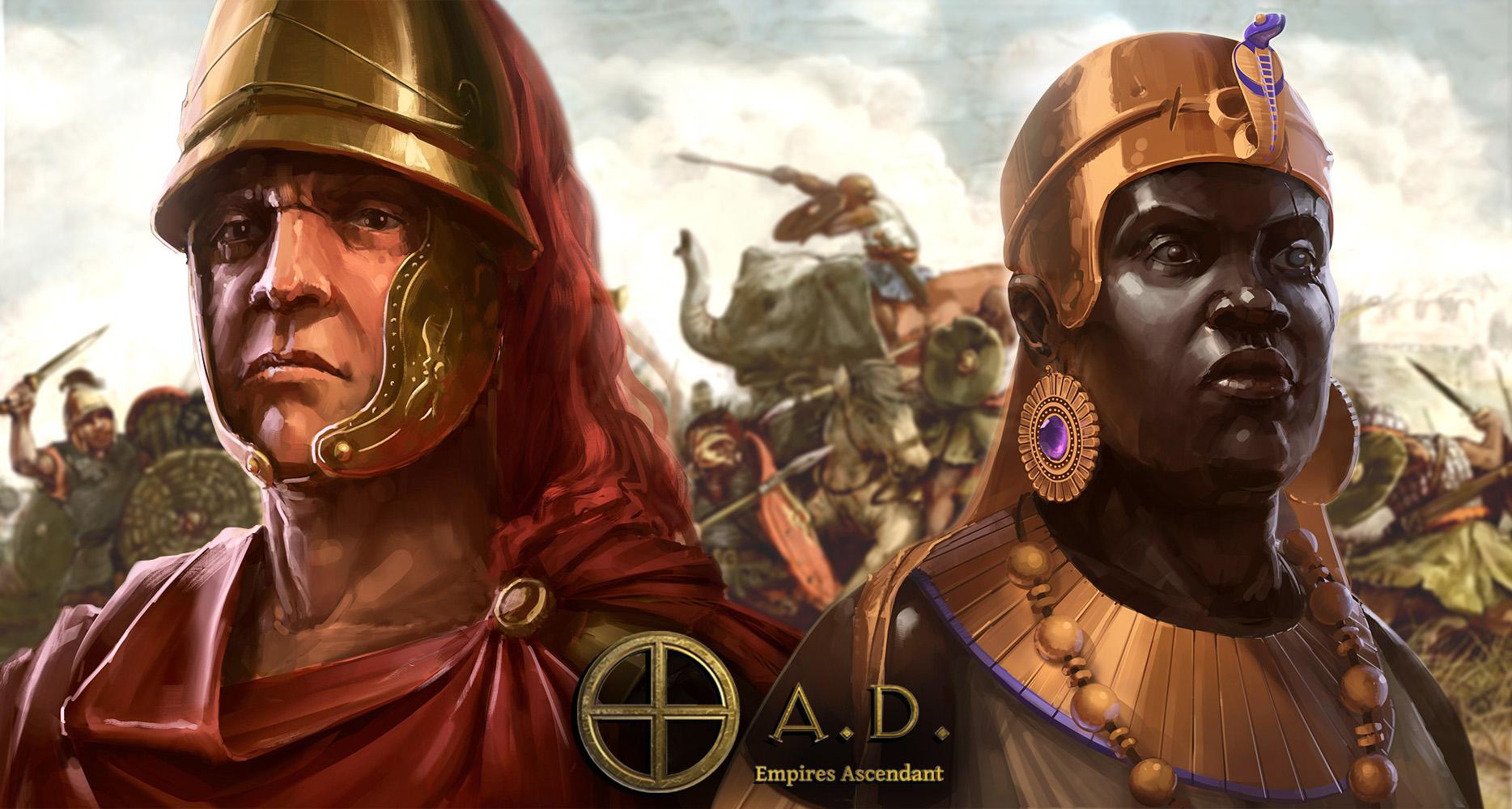
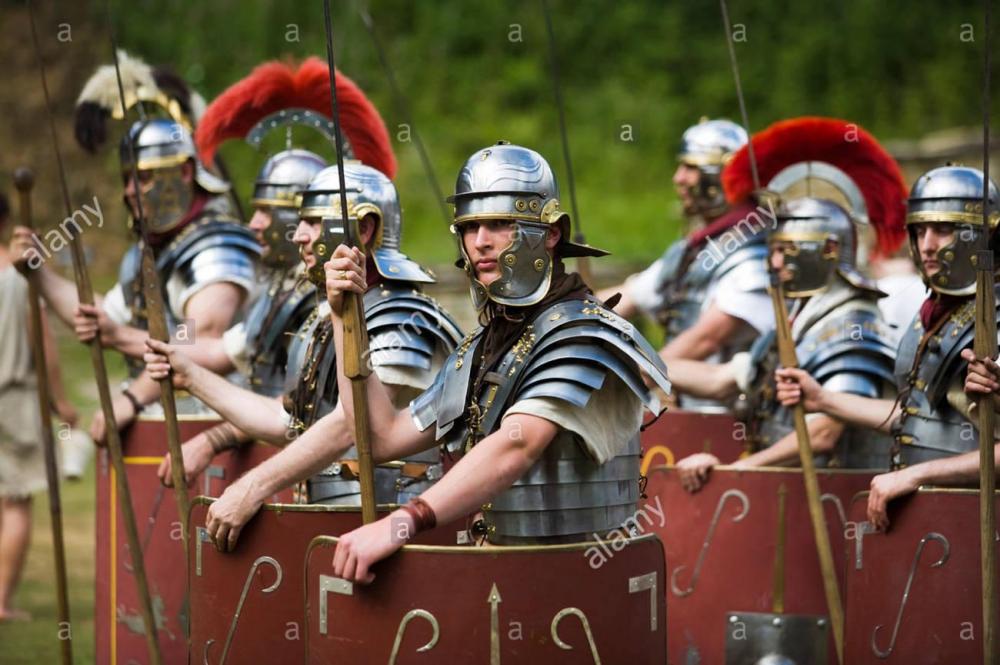
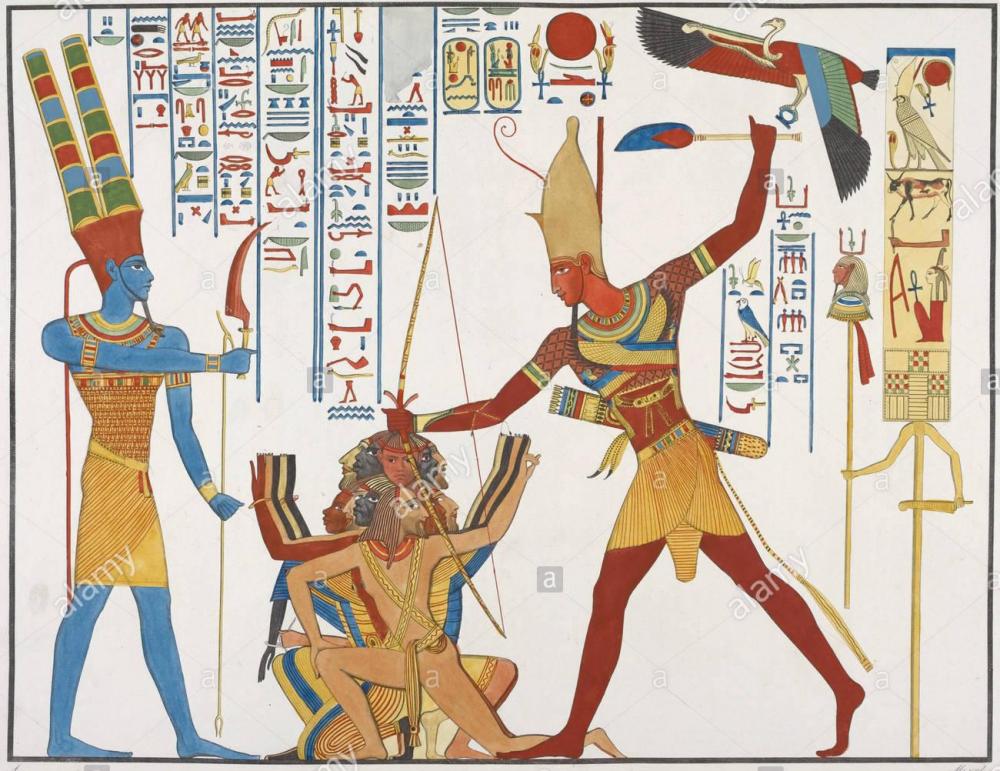
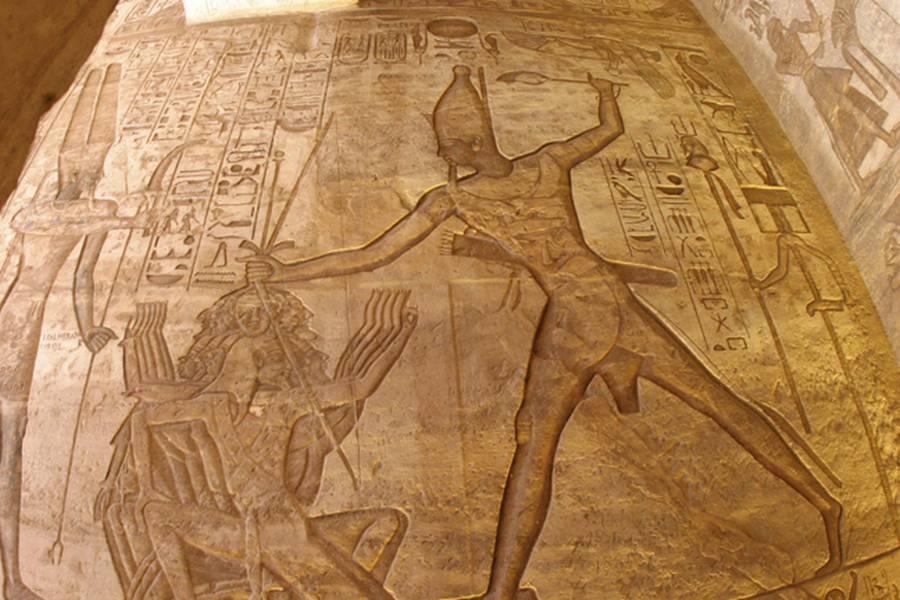
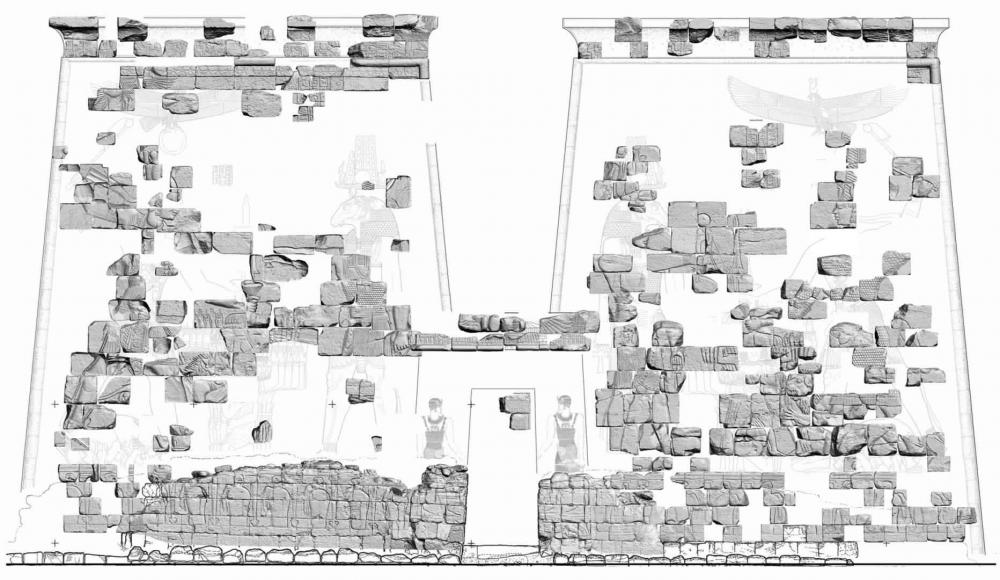
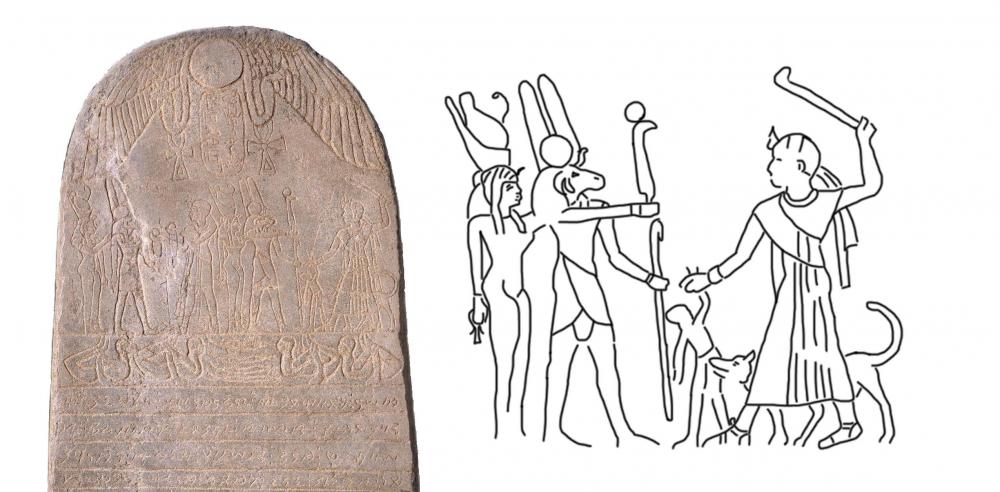
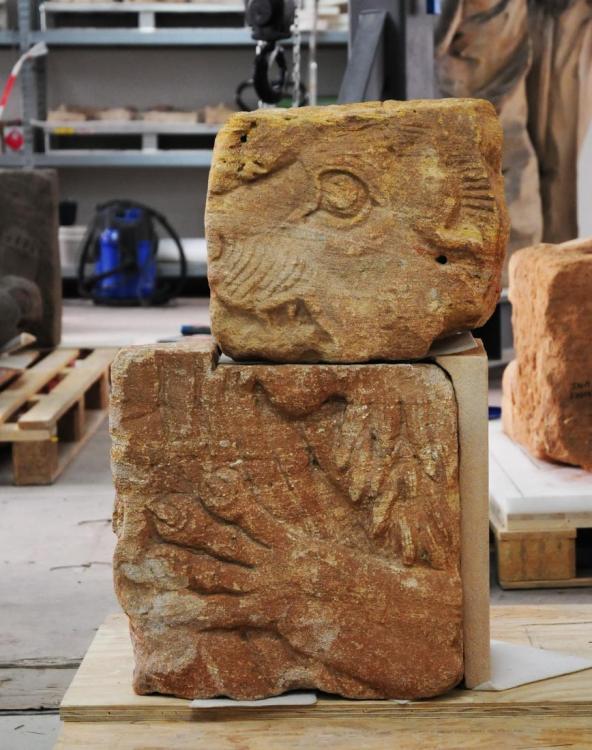
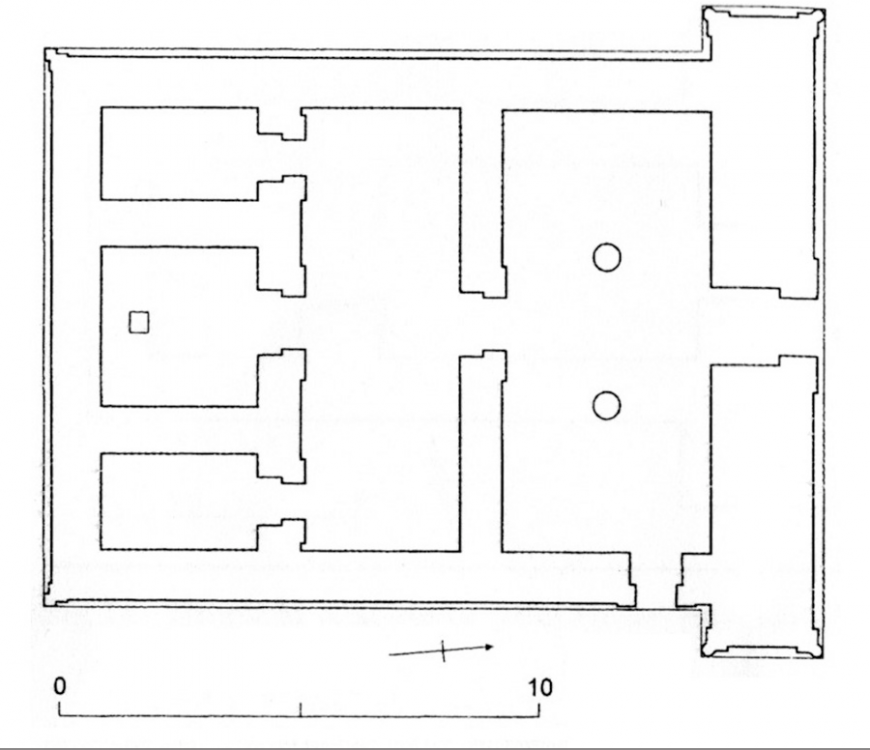
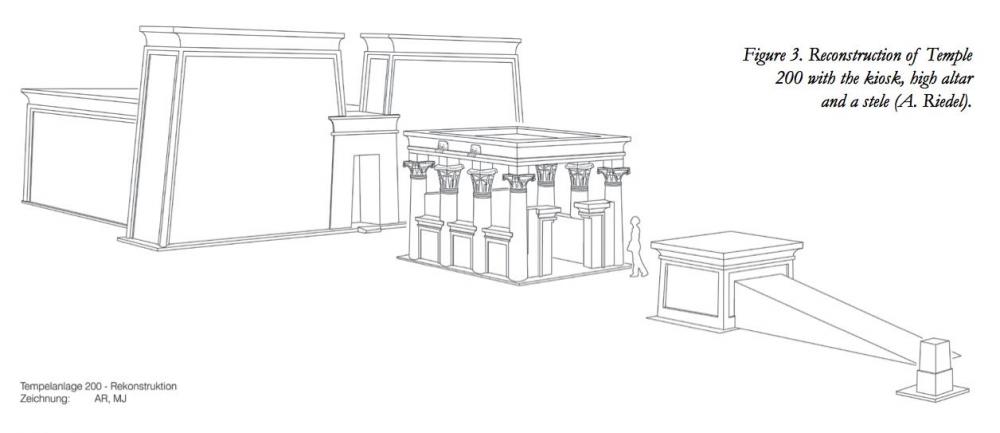
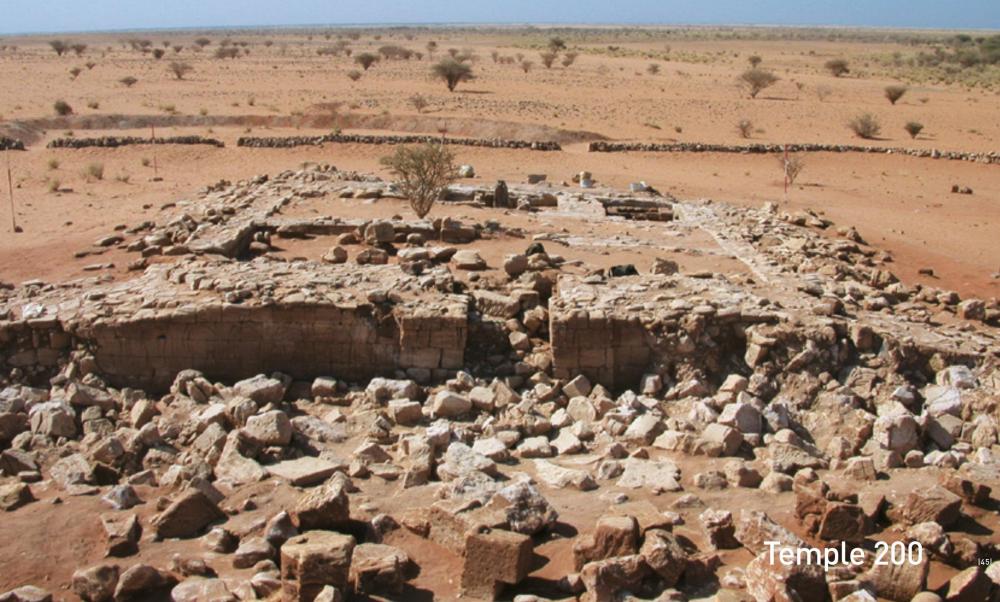
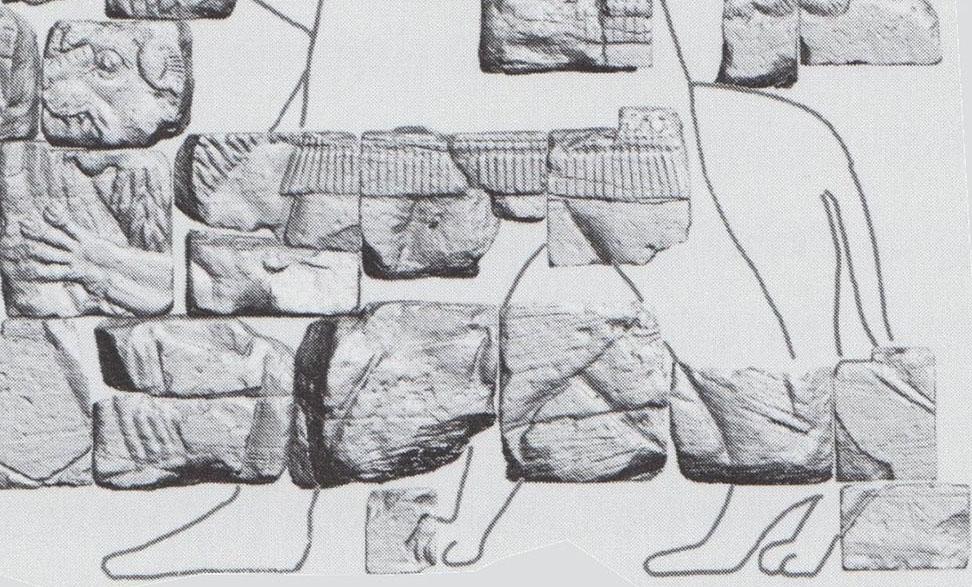
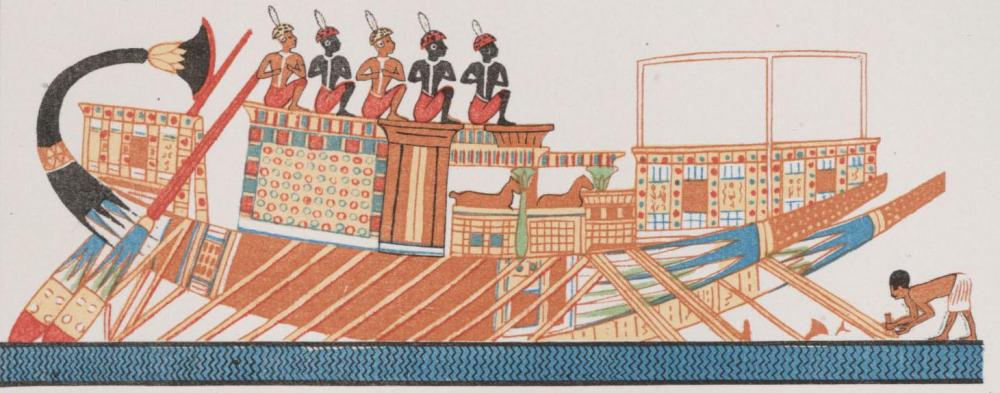
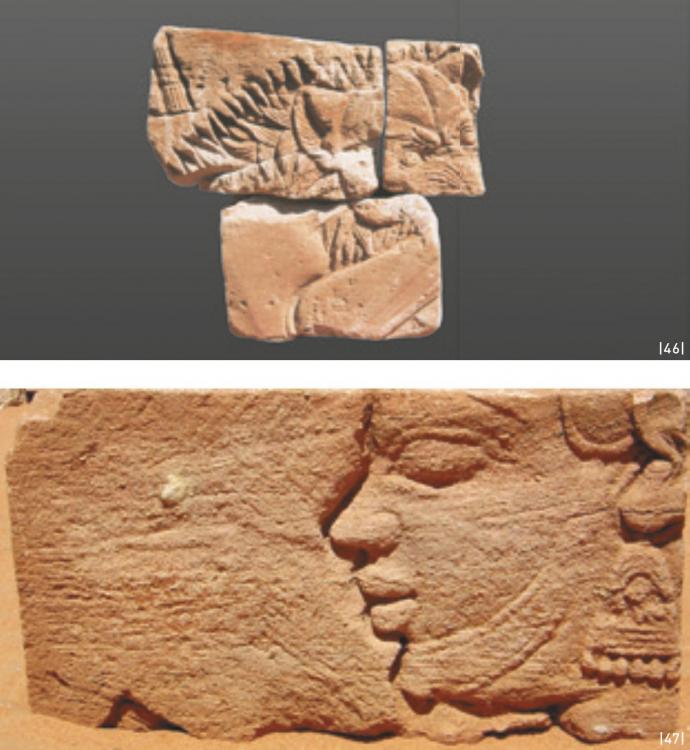
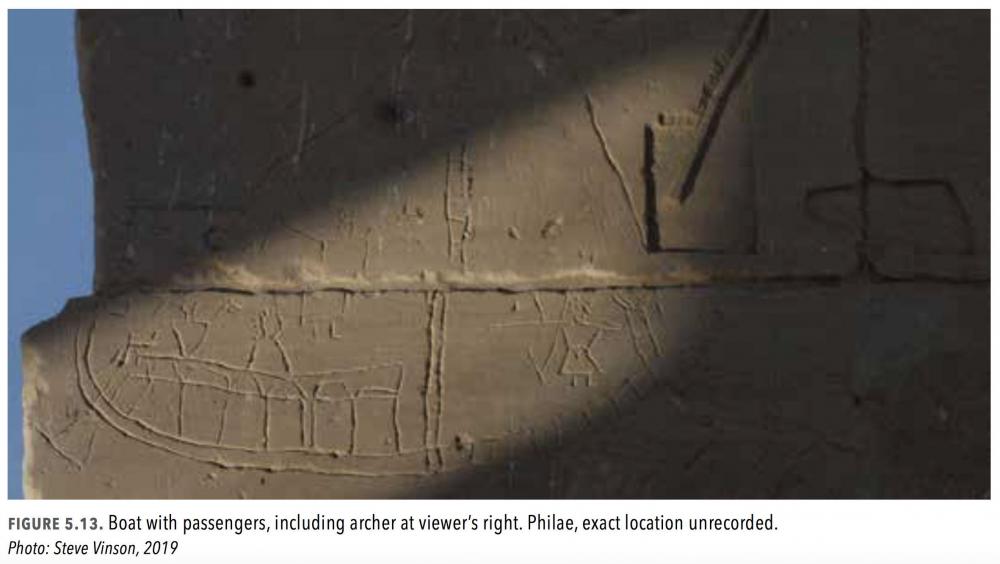
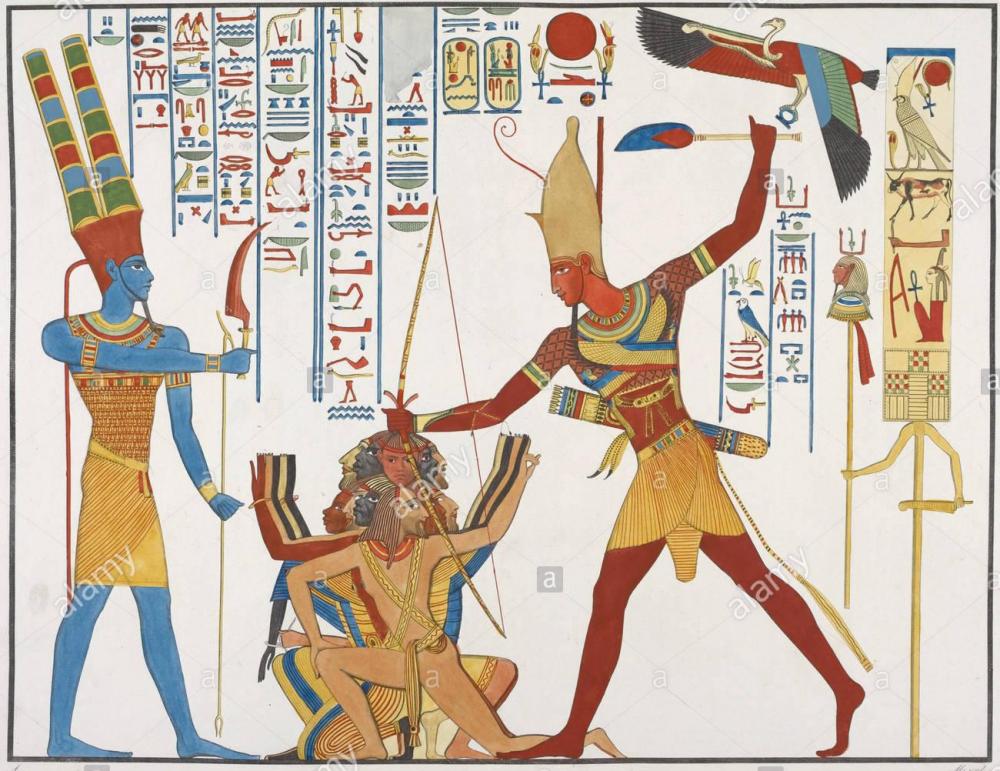

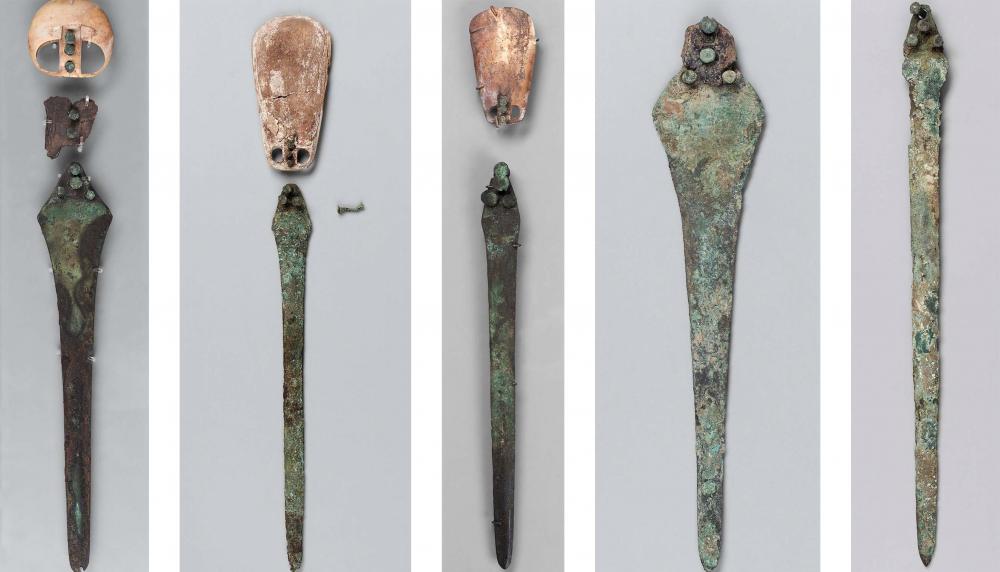
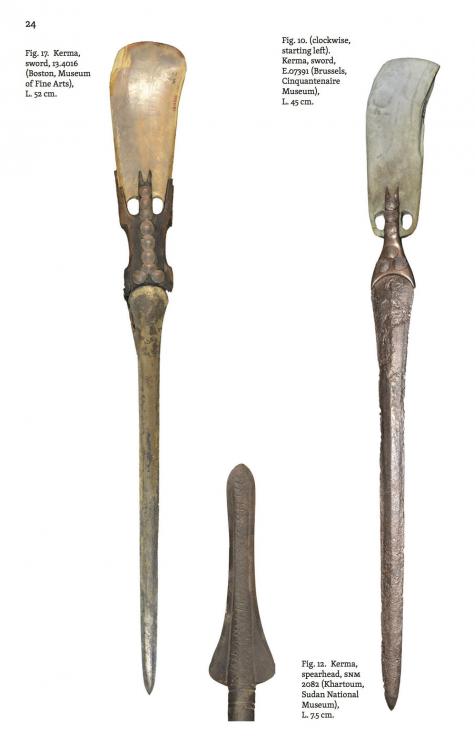
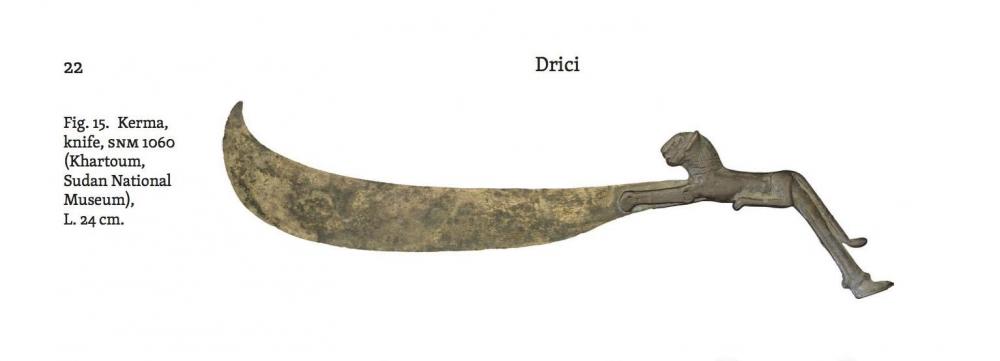

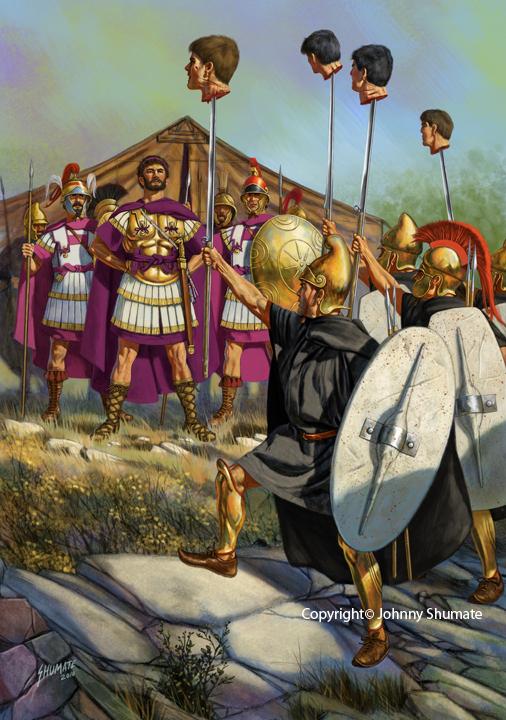

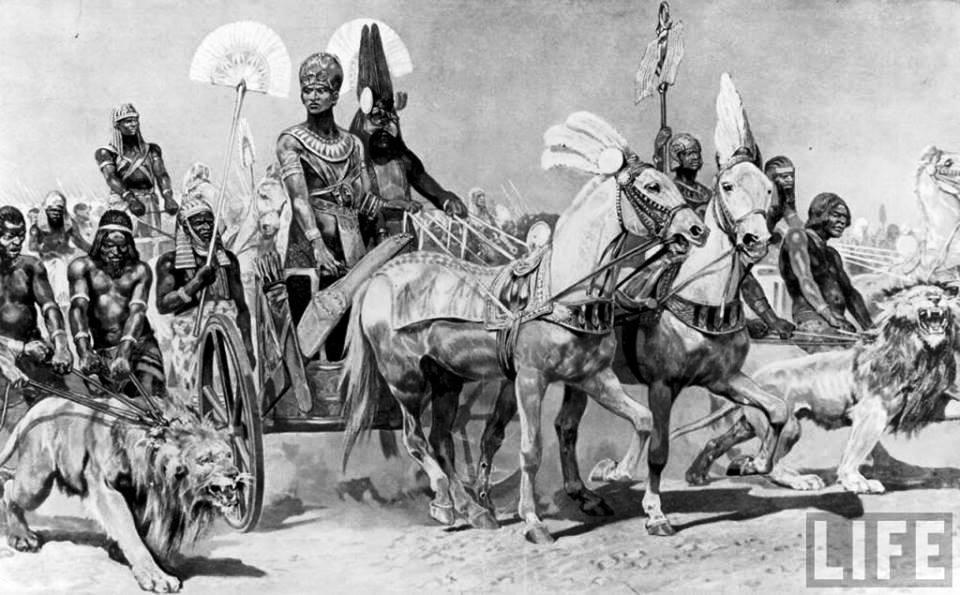
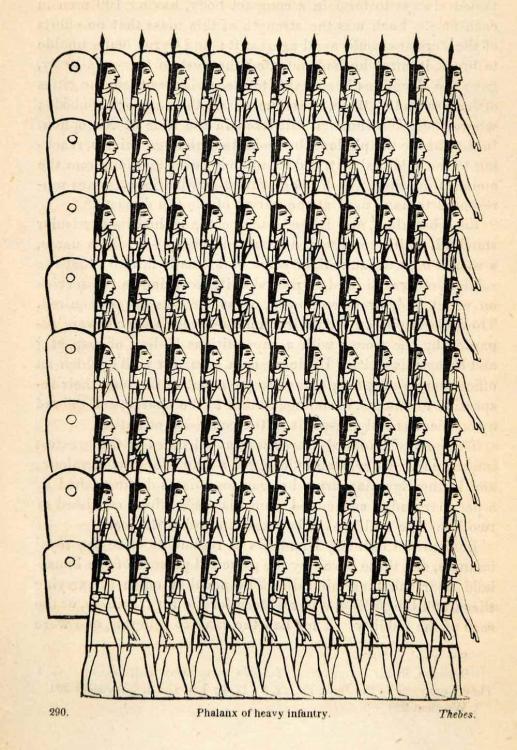
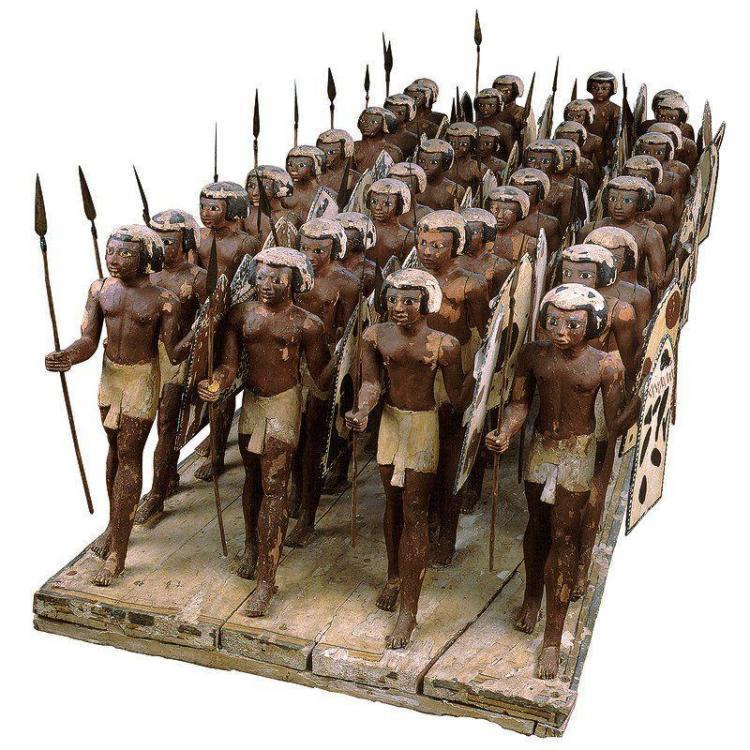
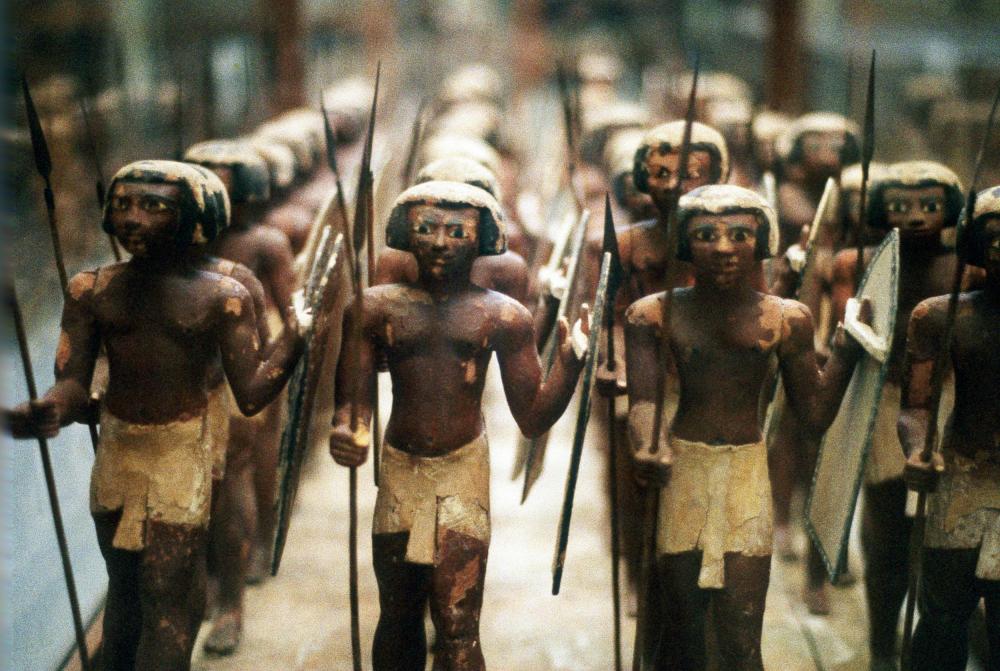
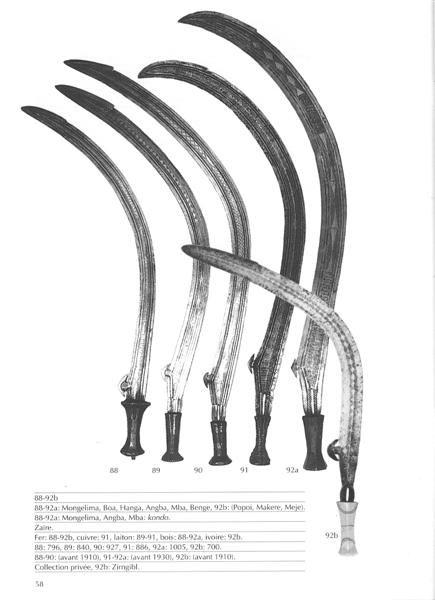
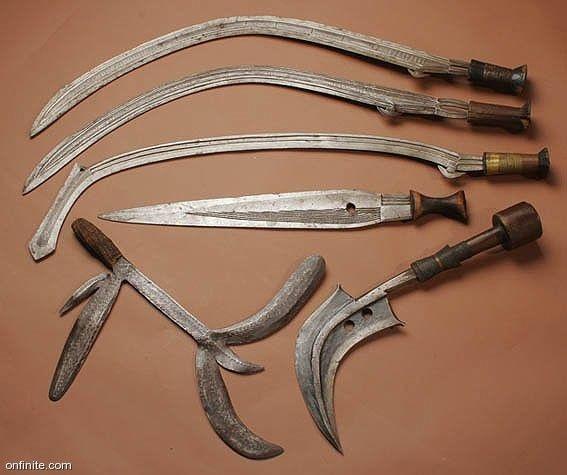

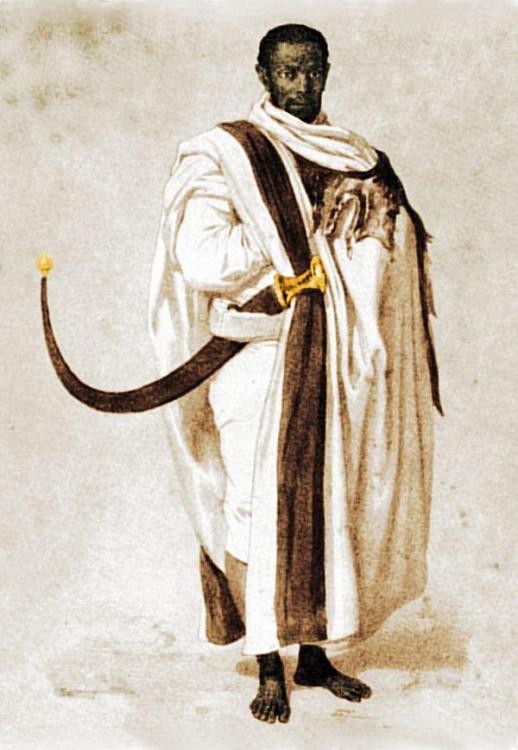
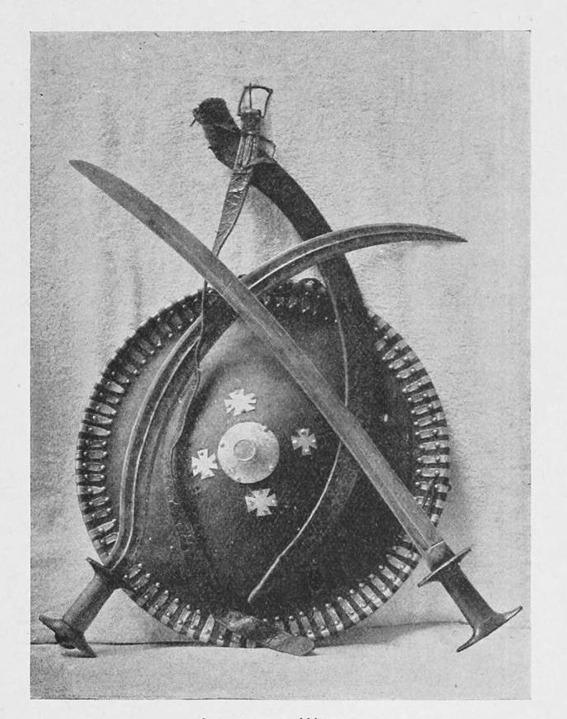
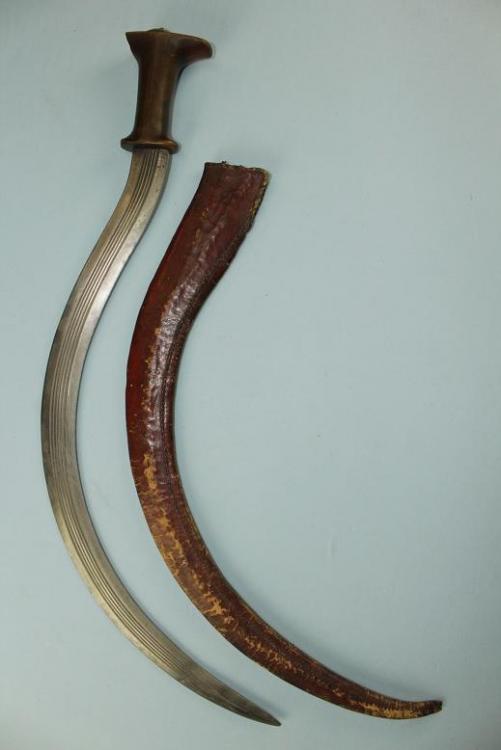
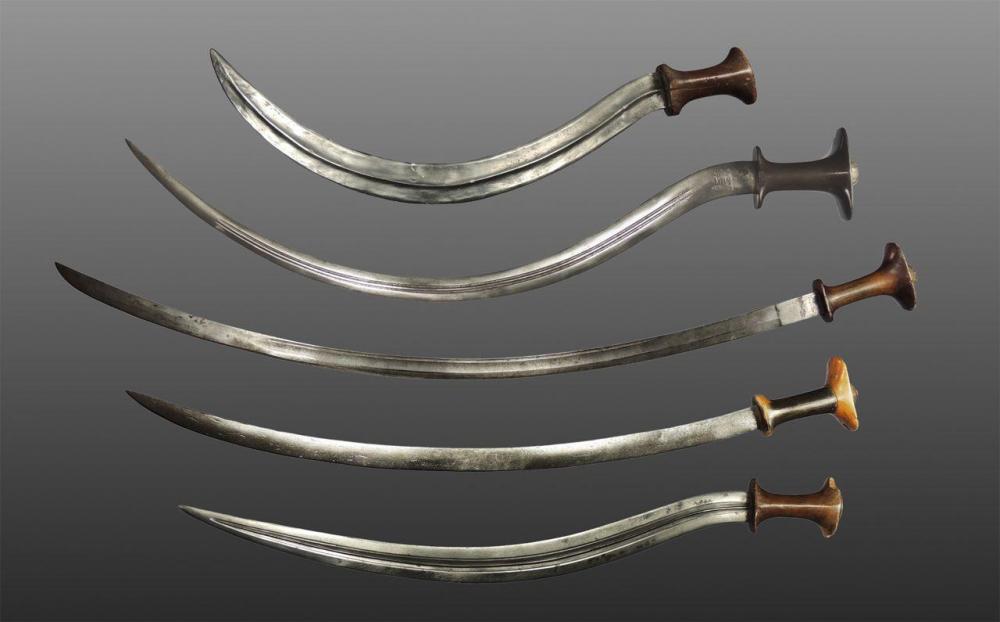
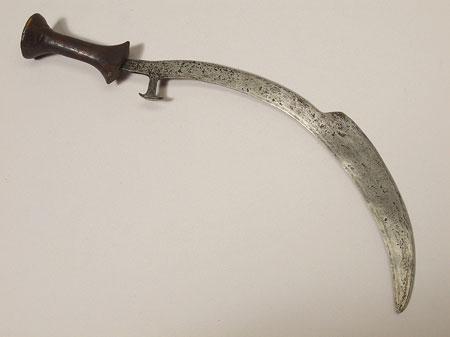
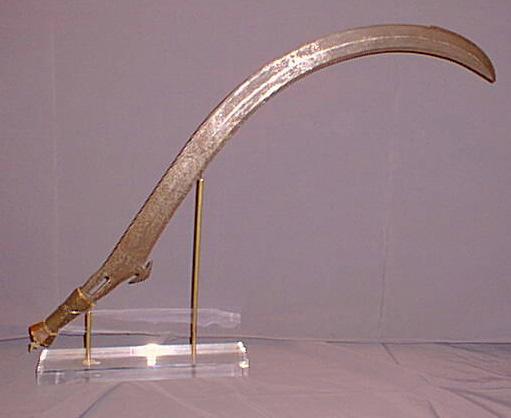
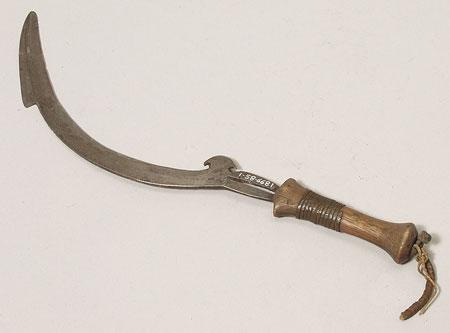
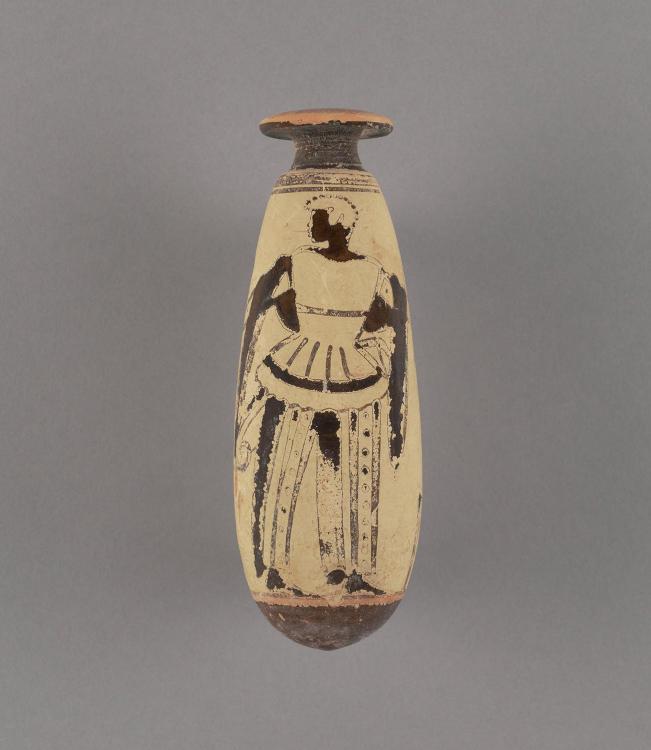
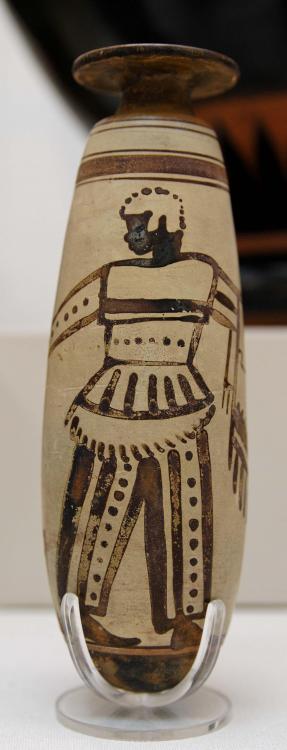
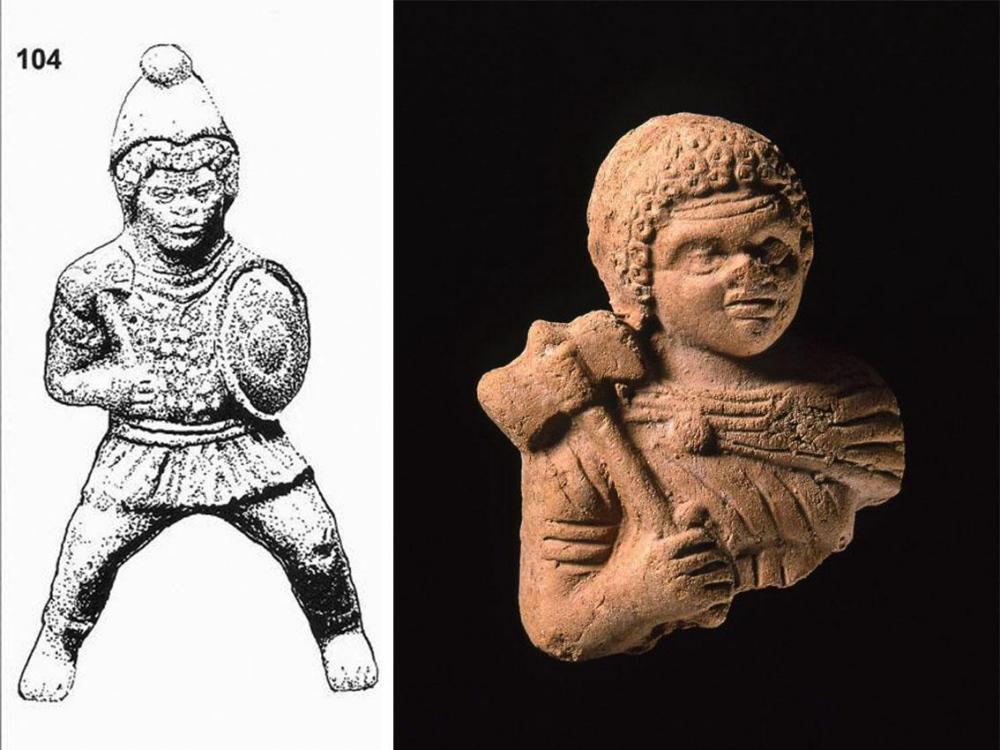
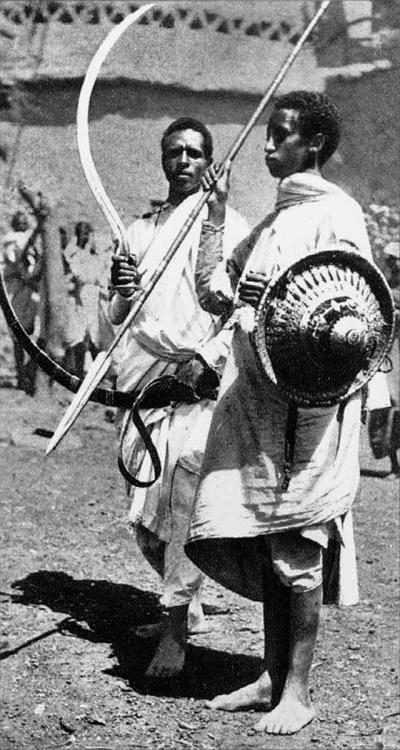
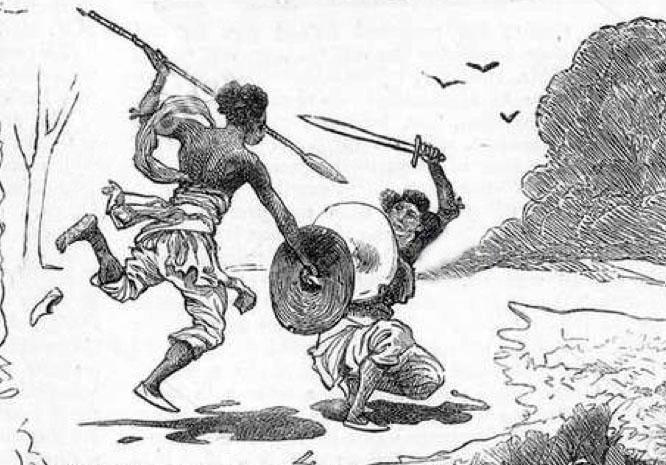
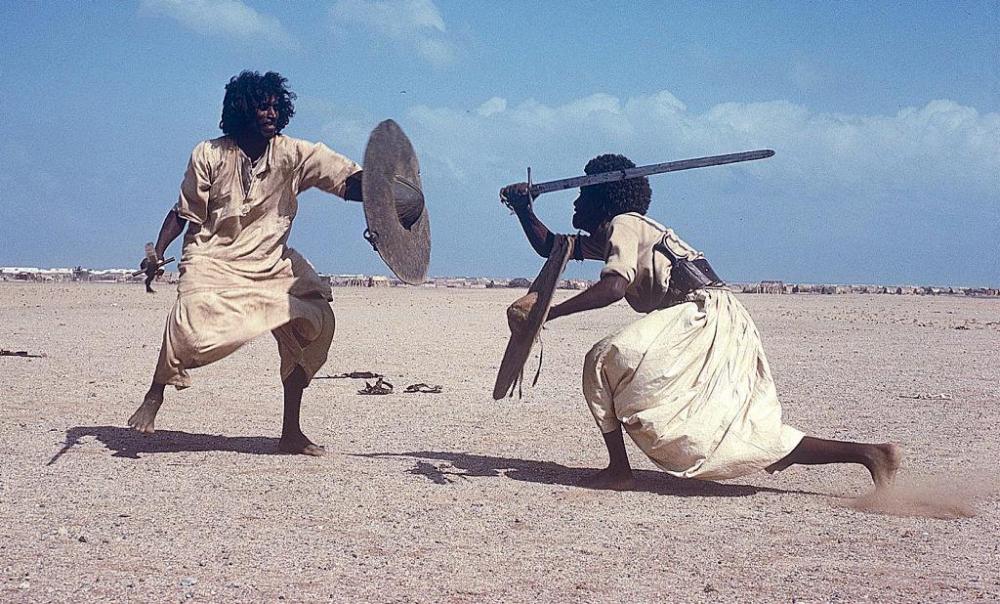
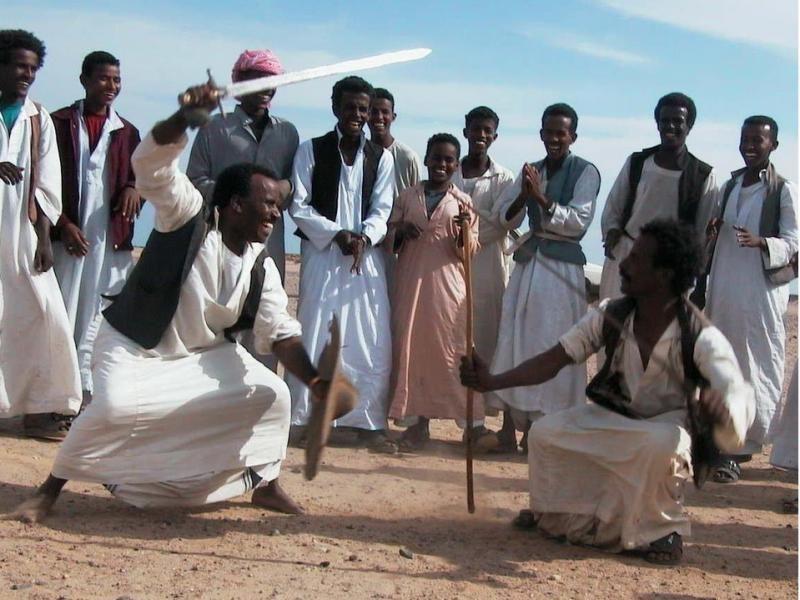
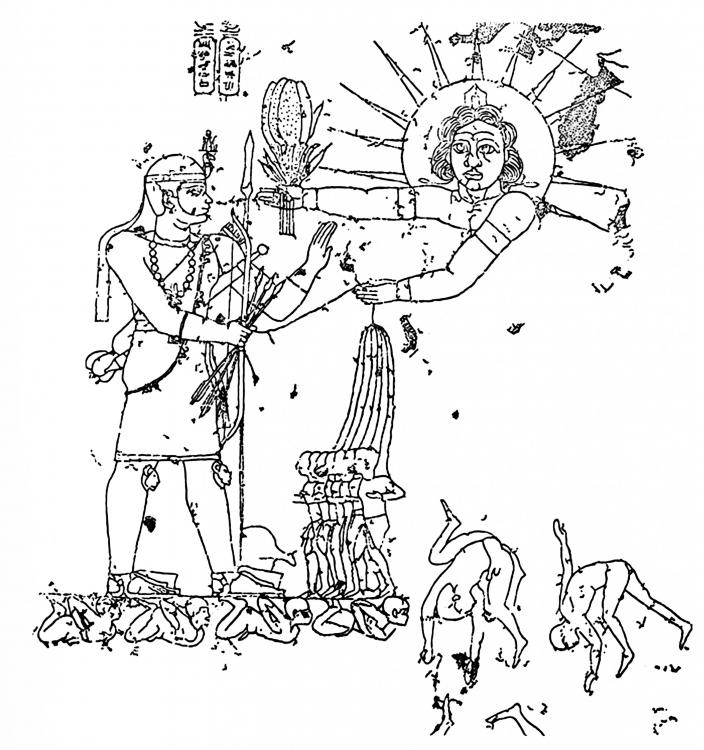
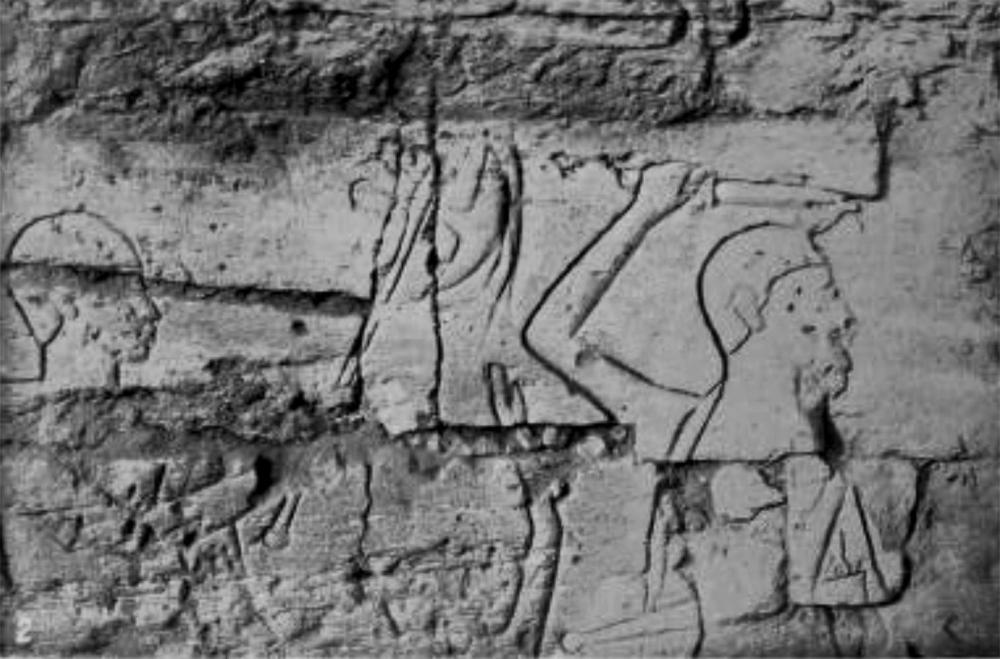

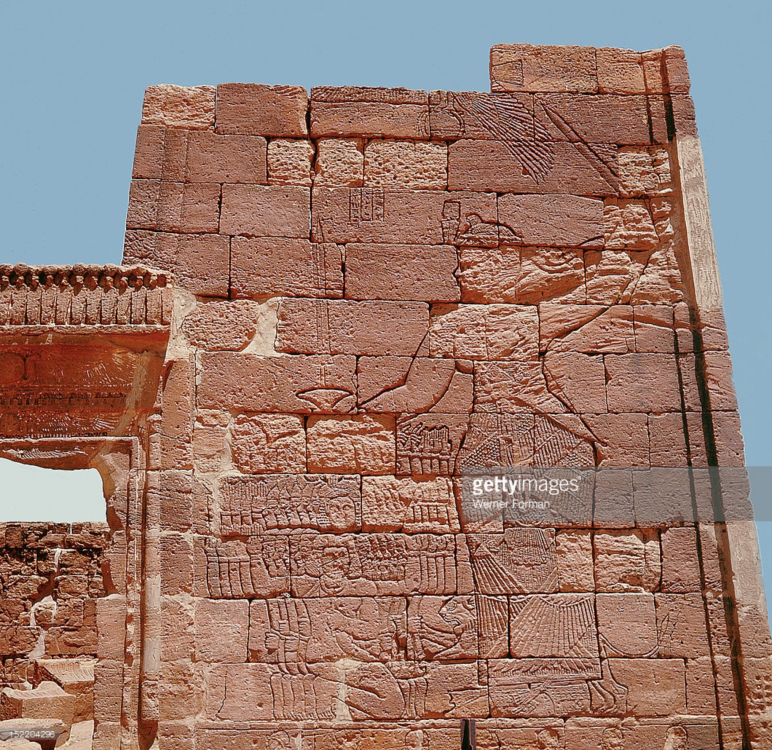
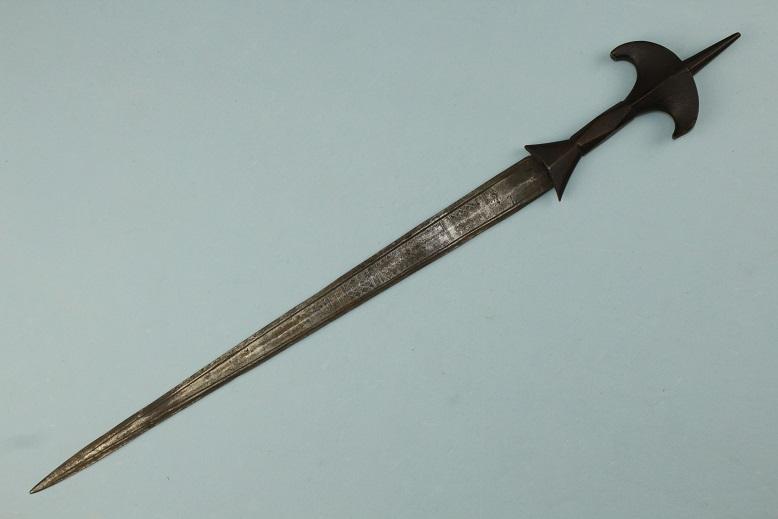
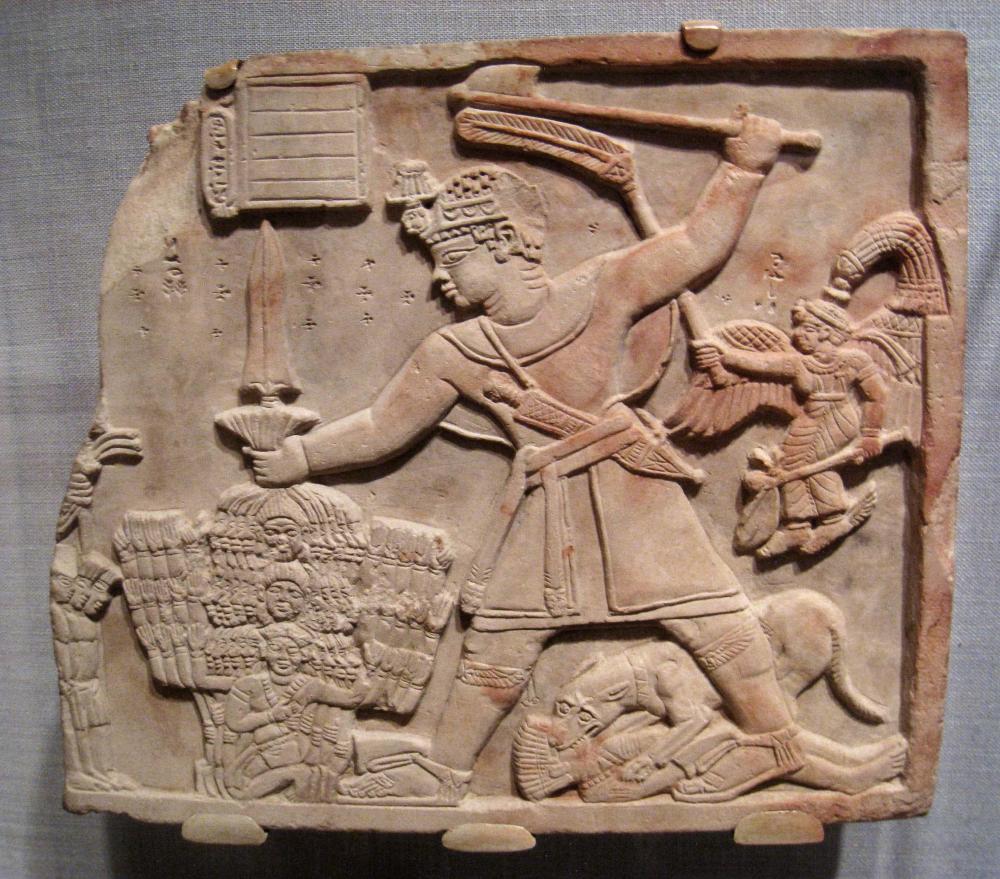
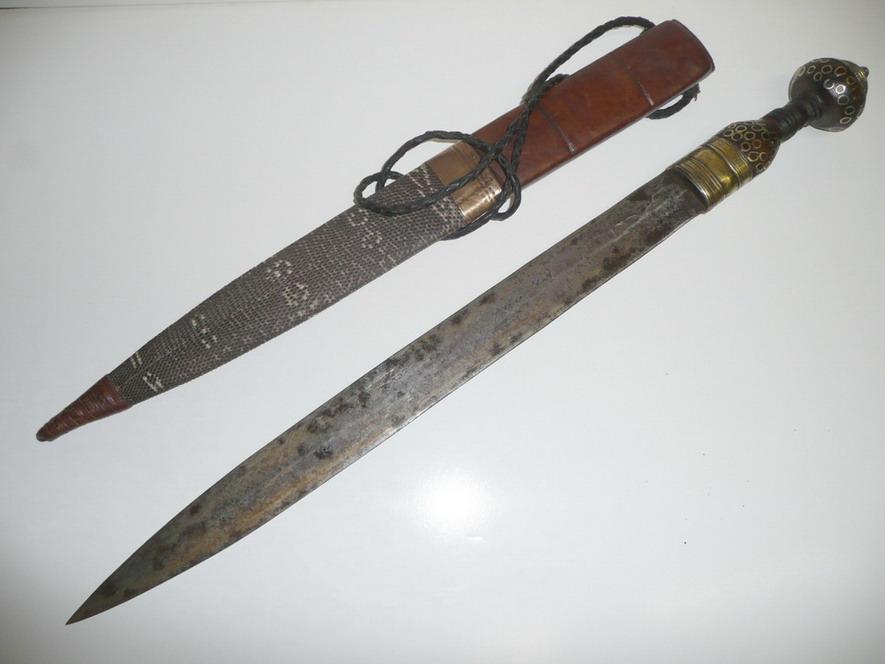
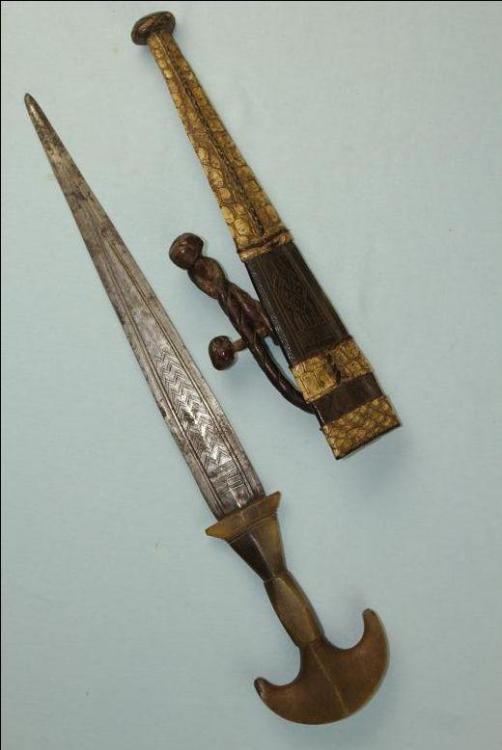
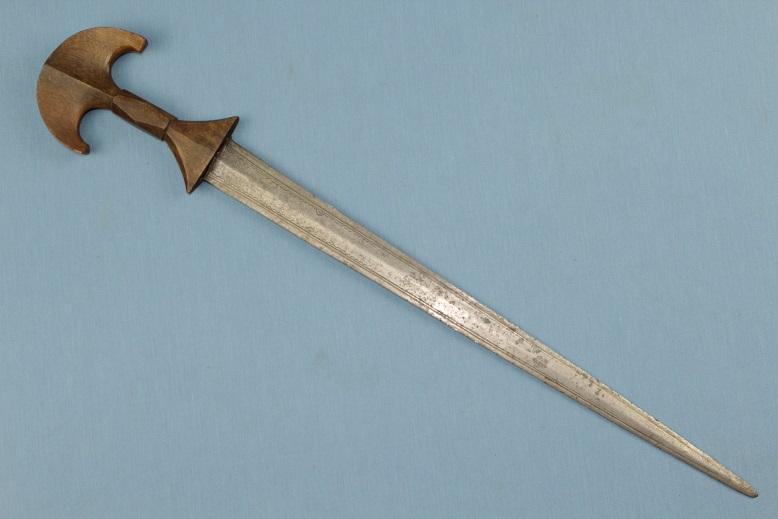
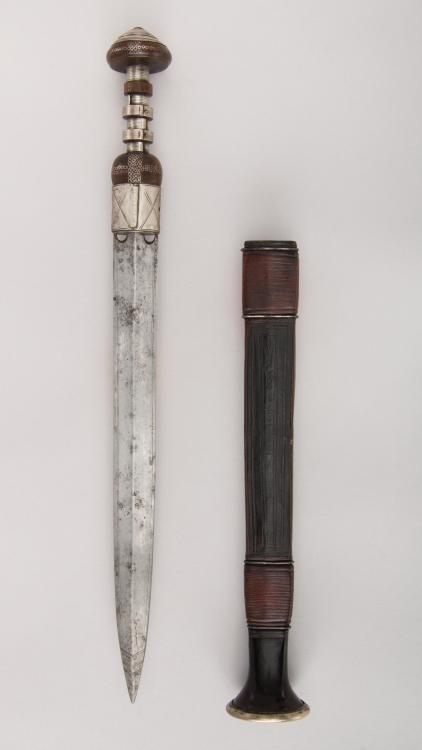
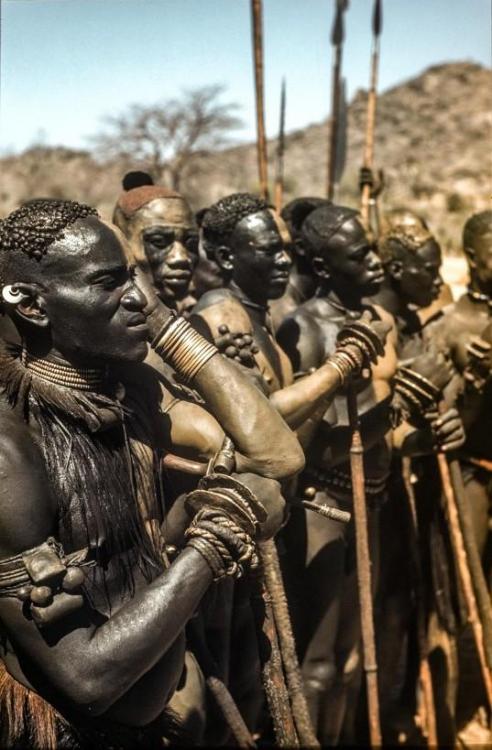
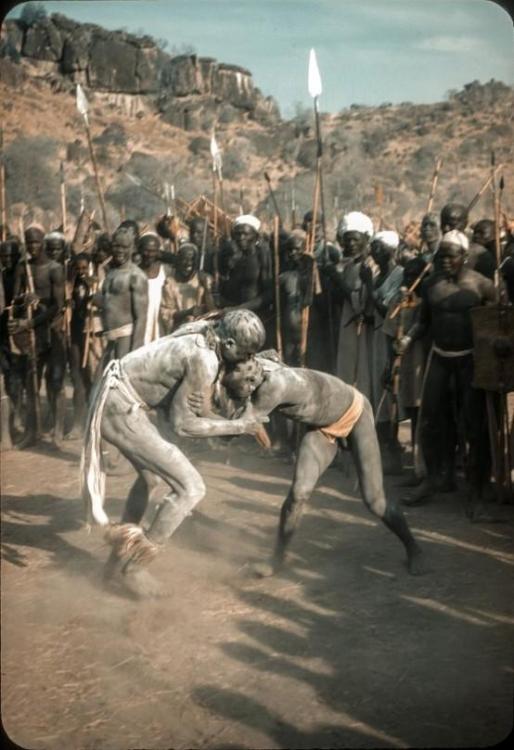
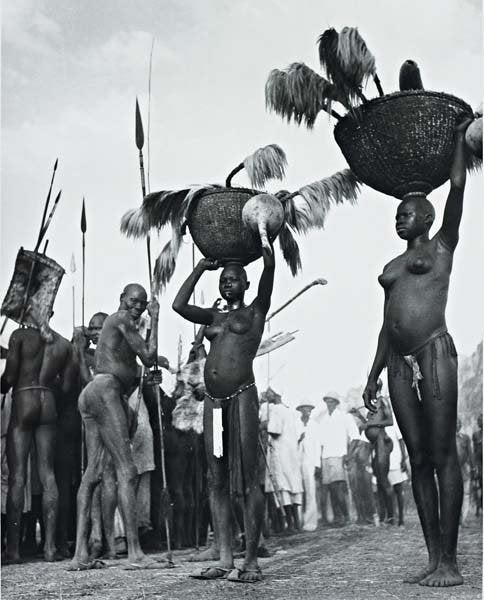
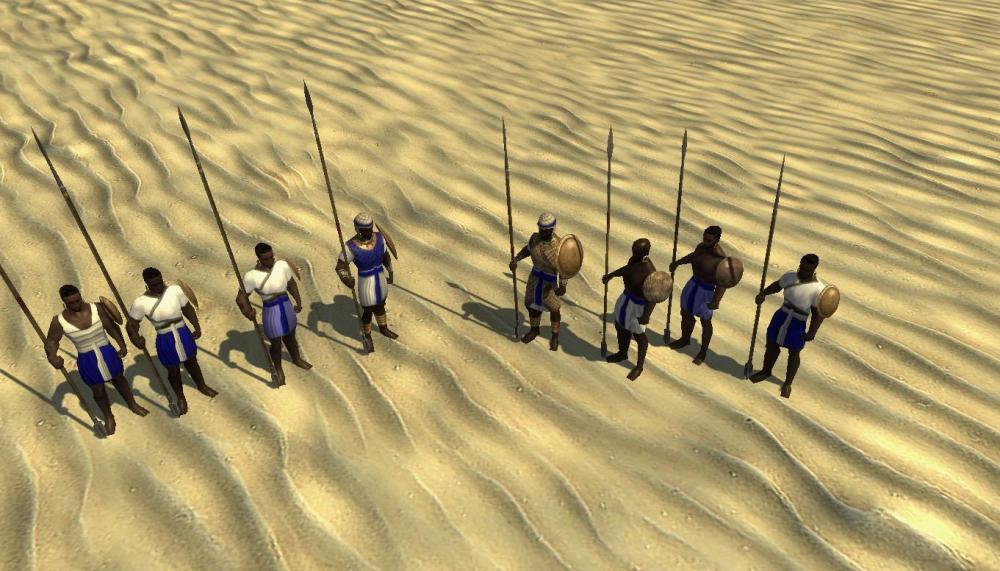

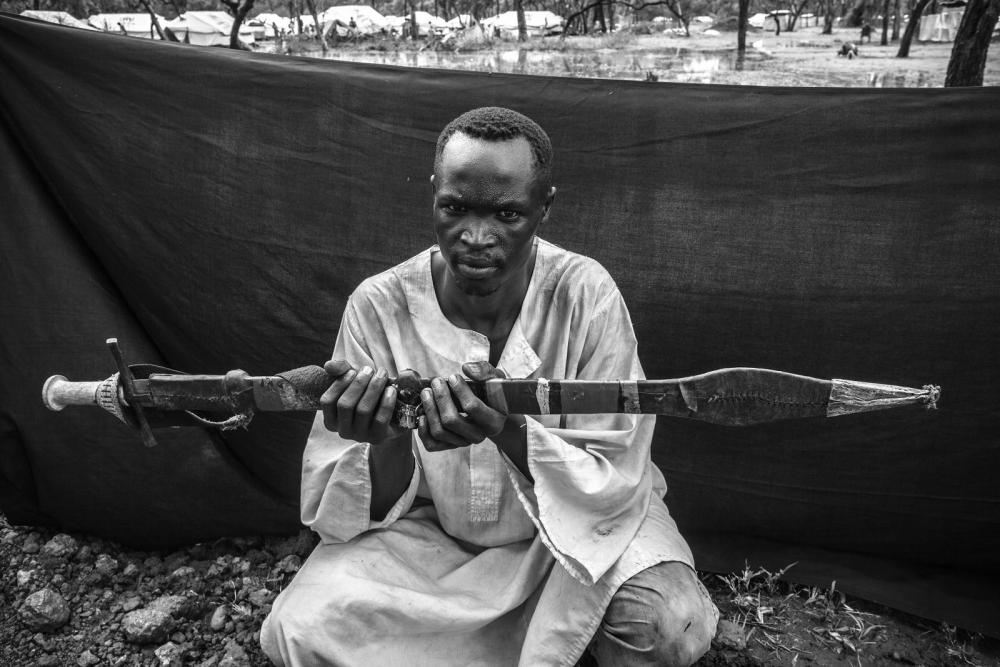
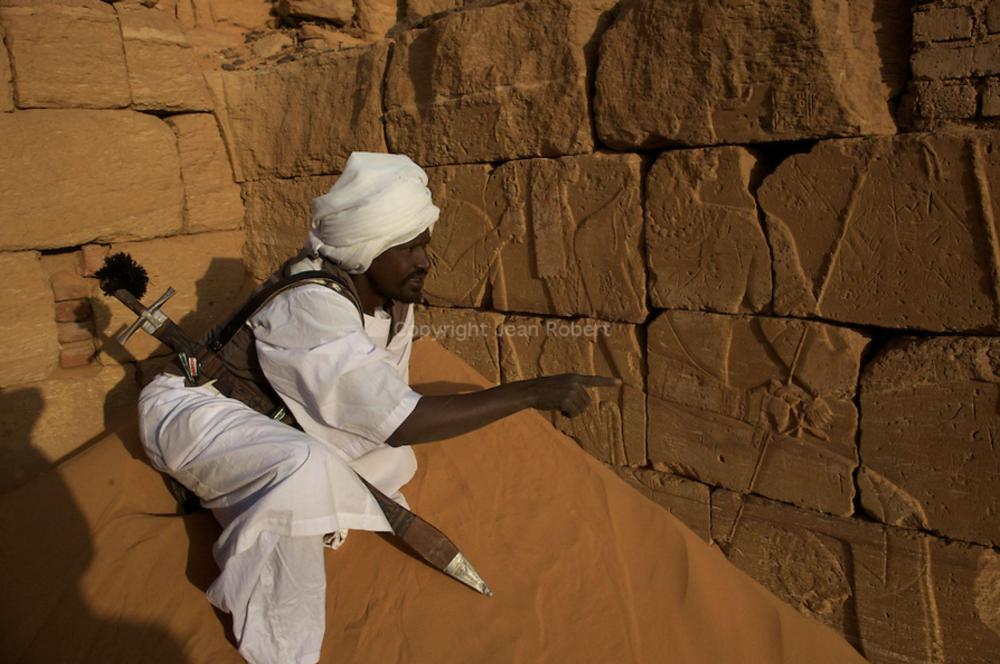
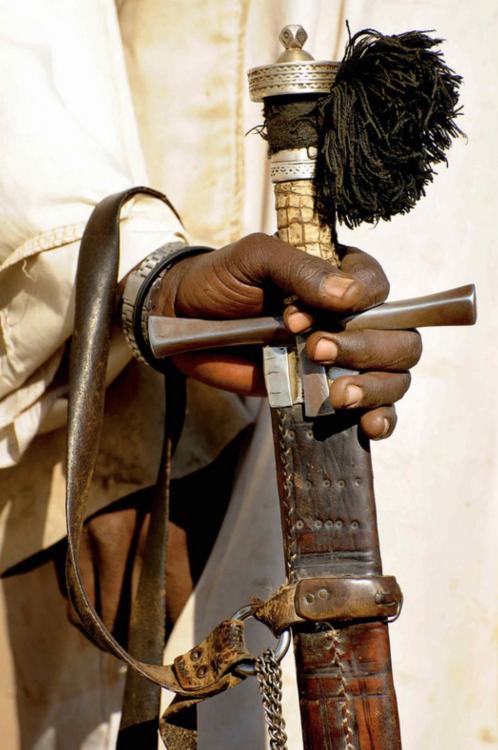
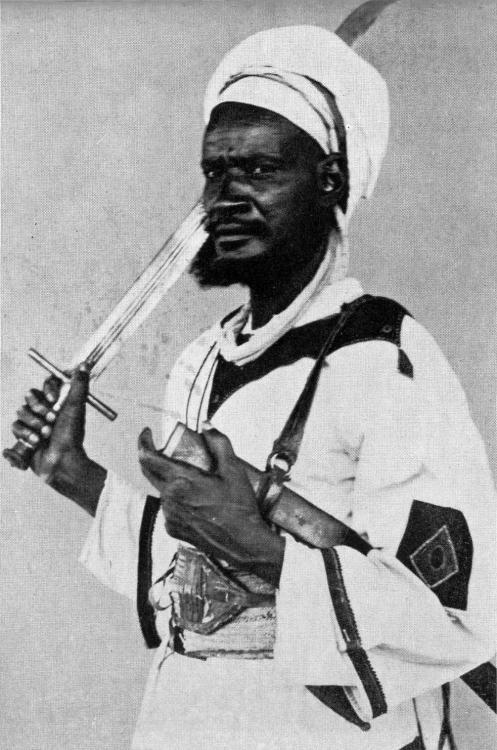

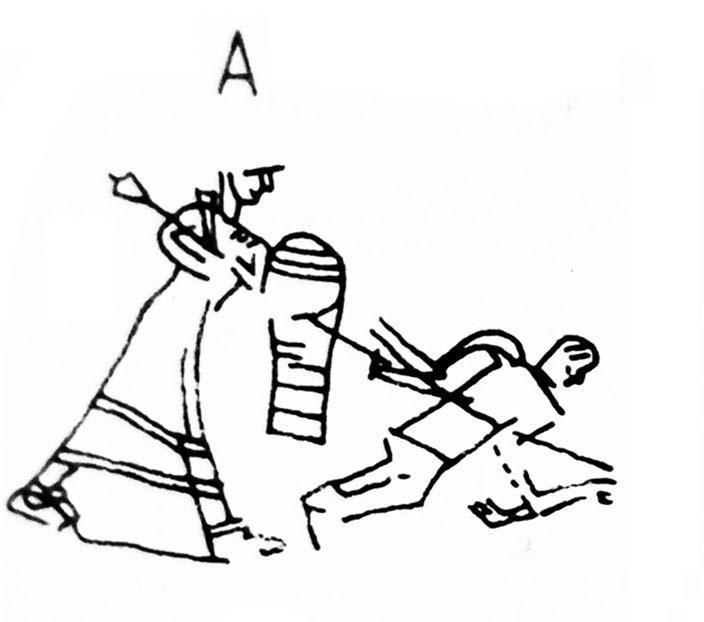
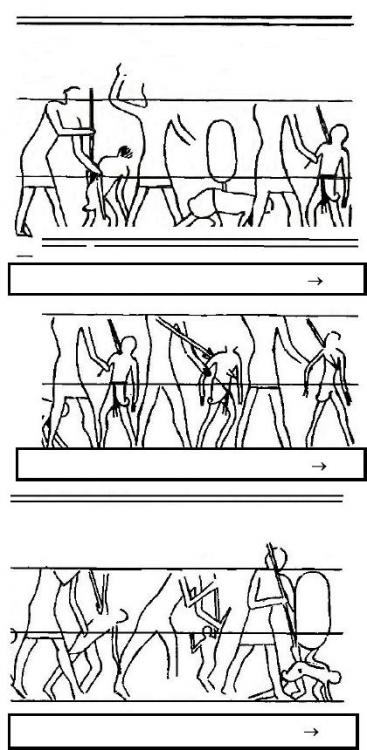
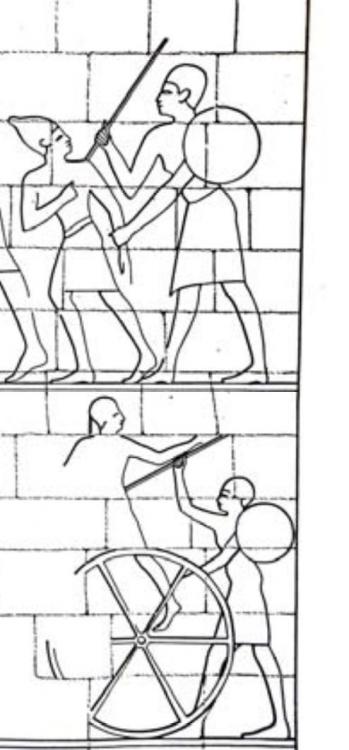
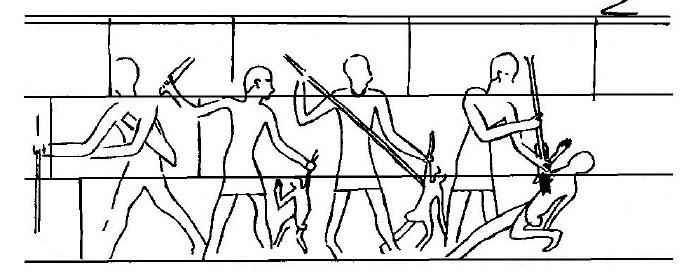
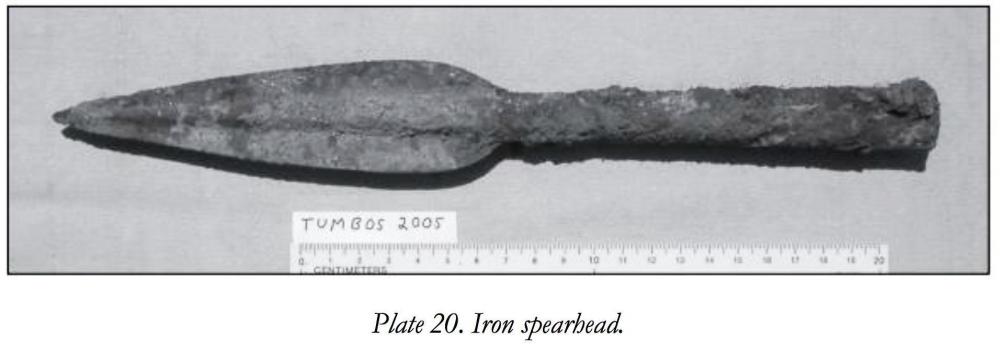
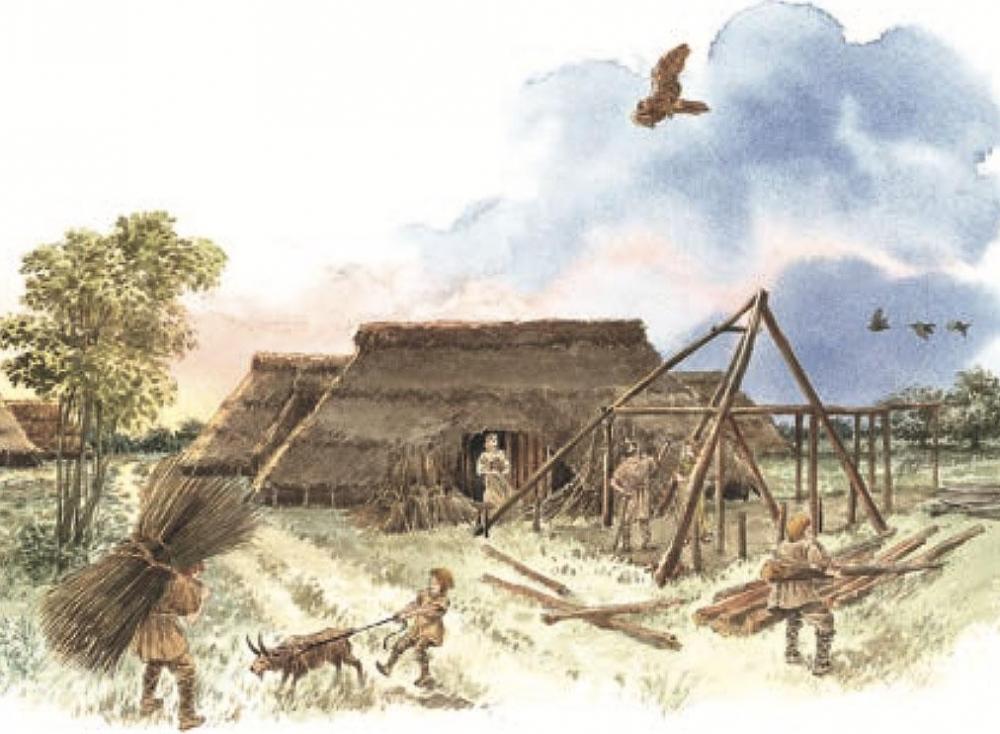
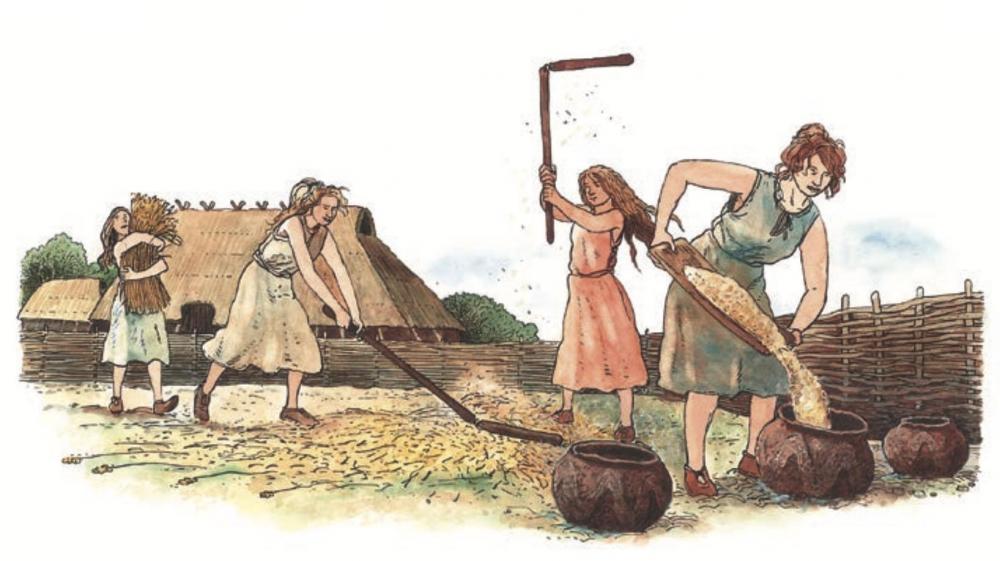
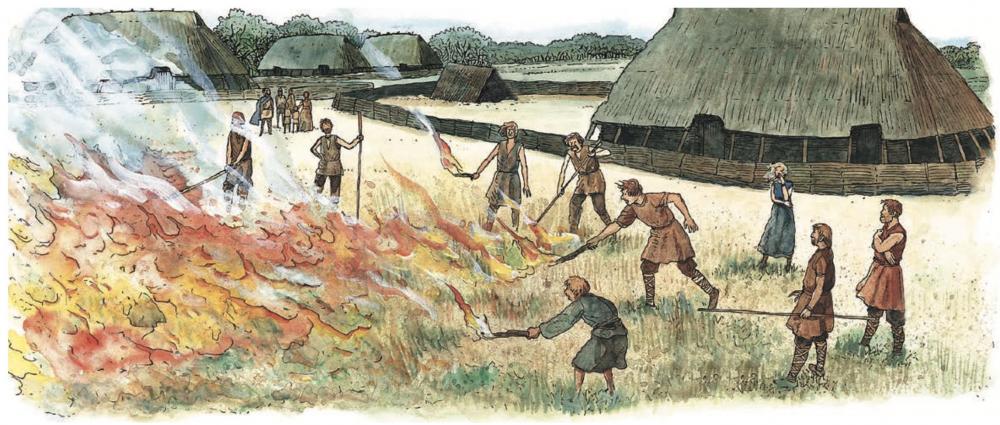
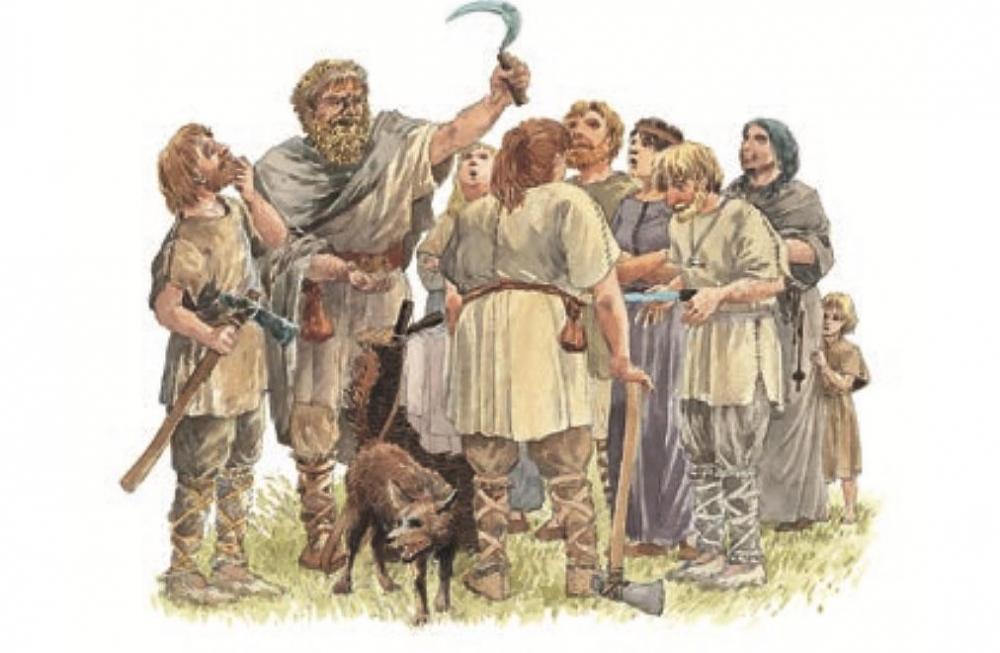
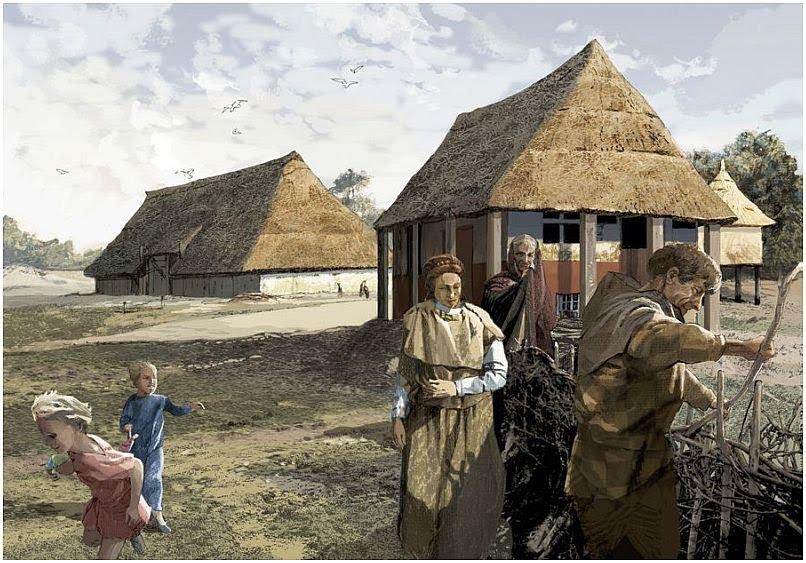
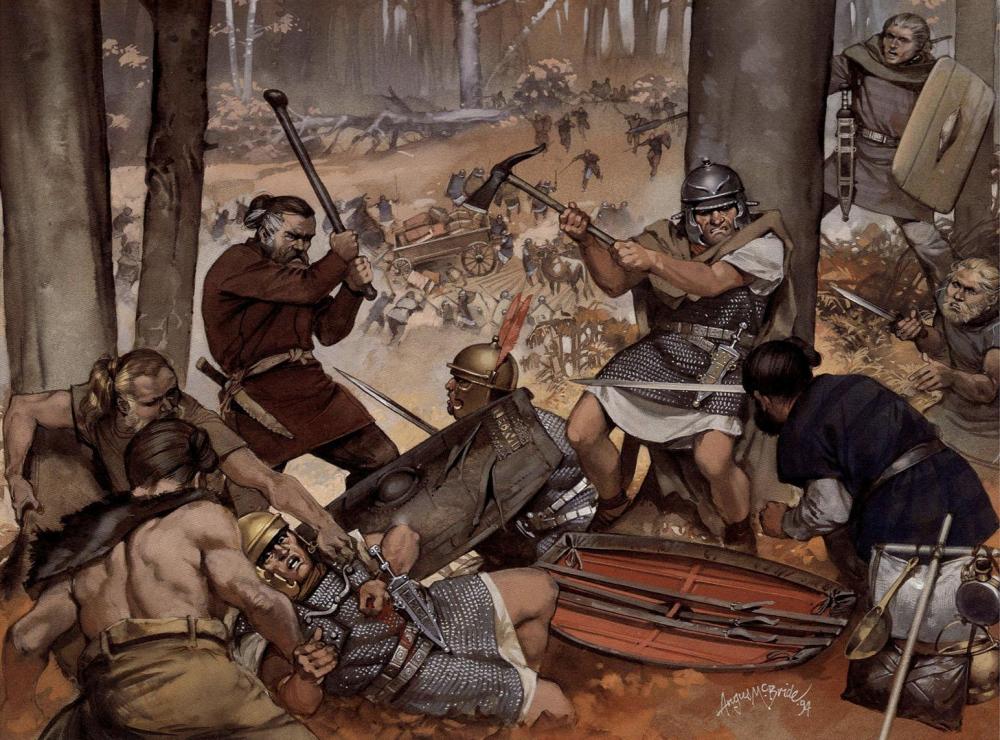
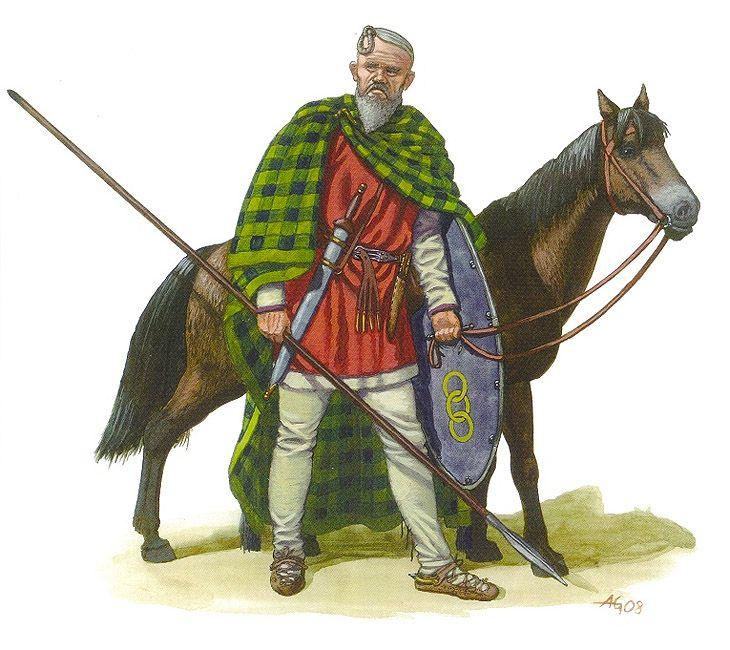
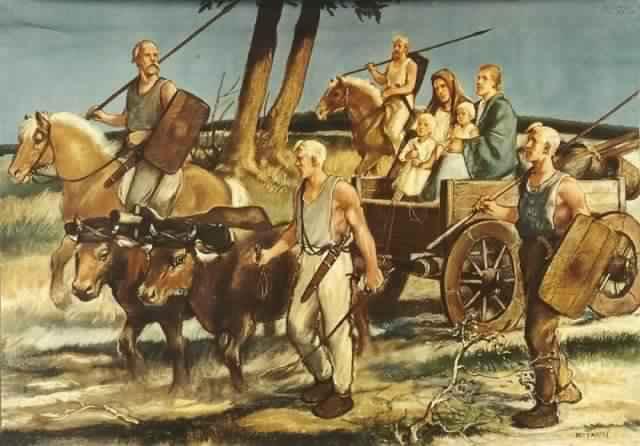
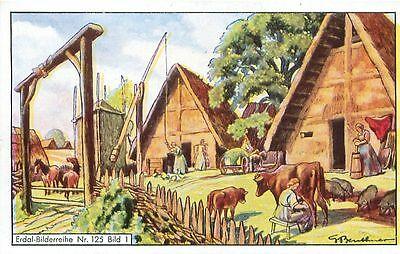
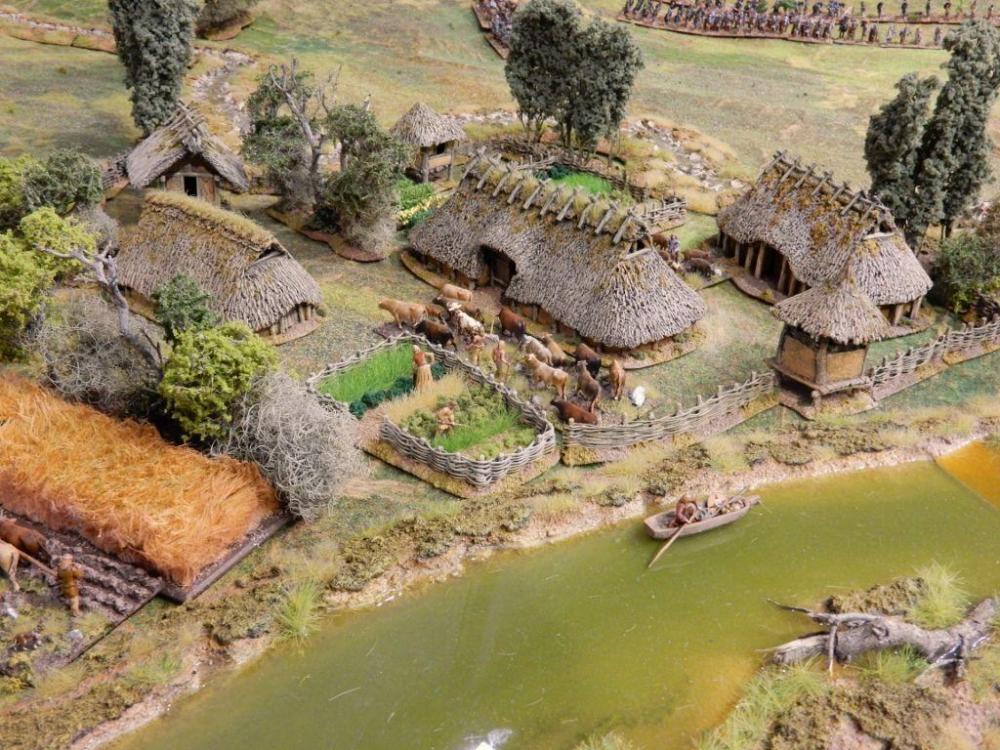
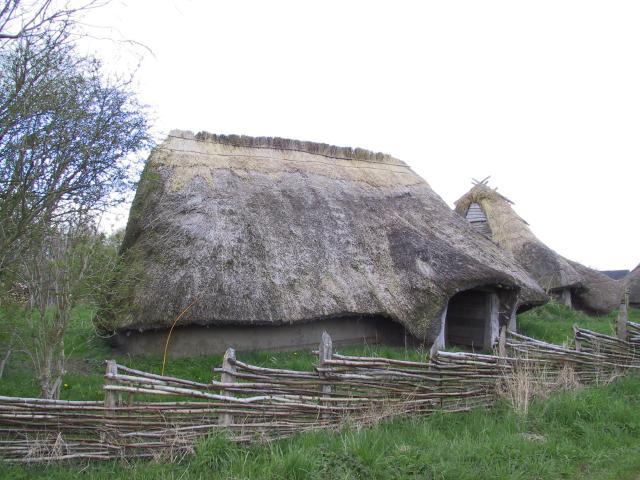
.jpg.4e88f04d9c57deaad5f462b7198694f6.jpg)
